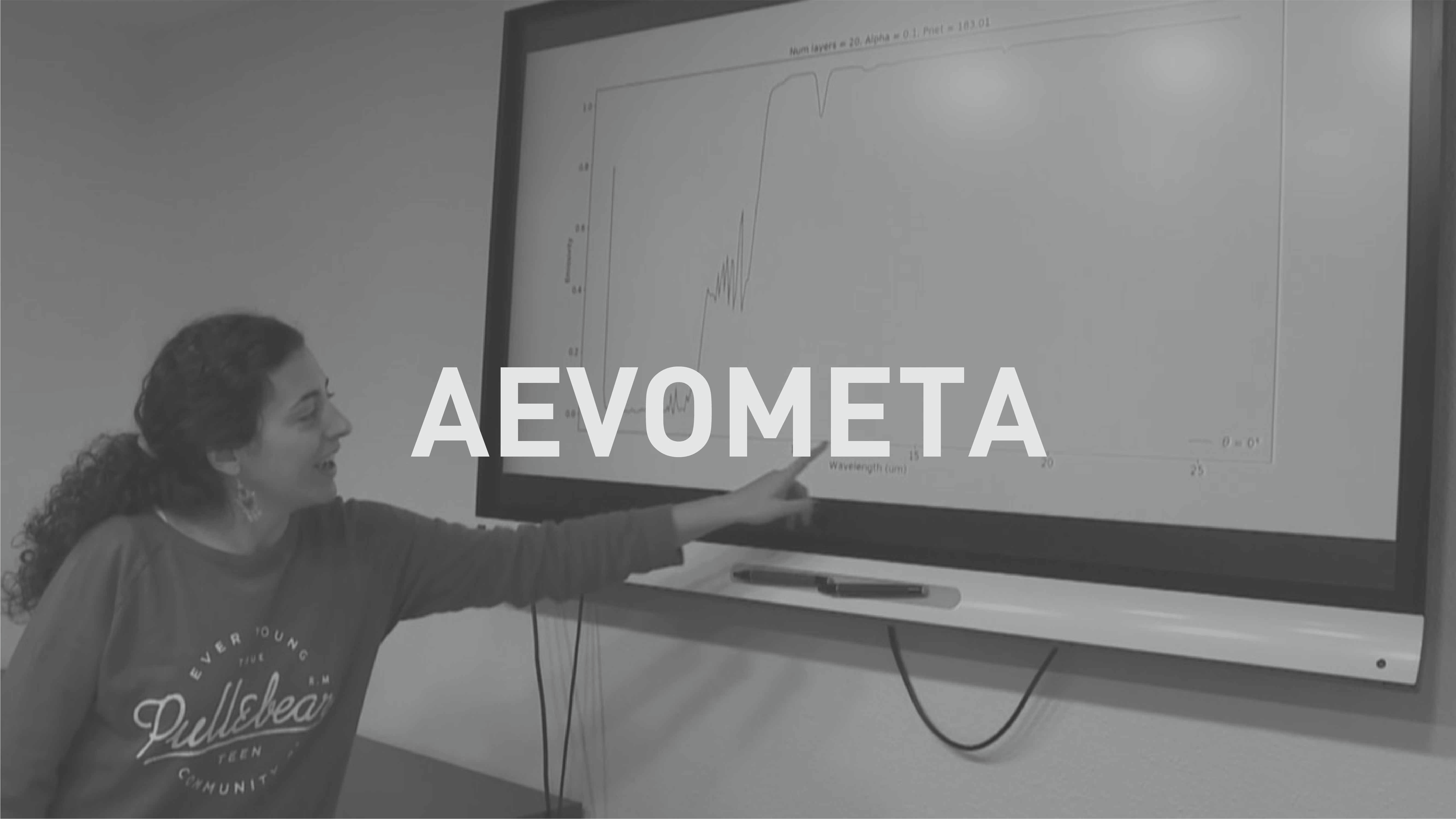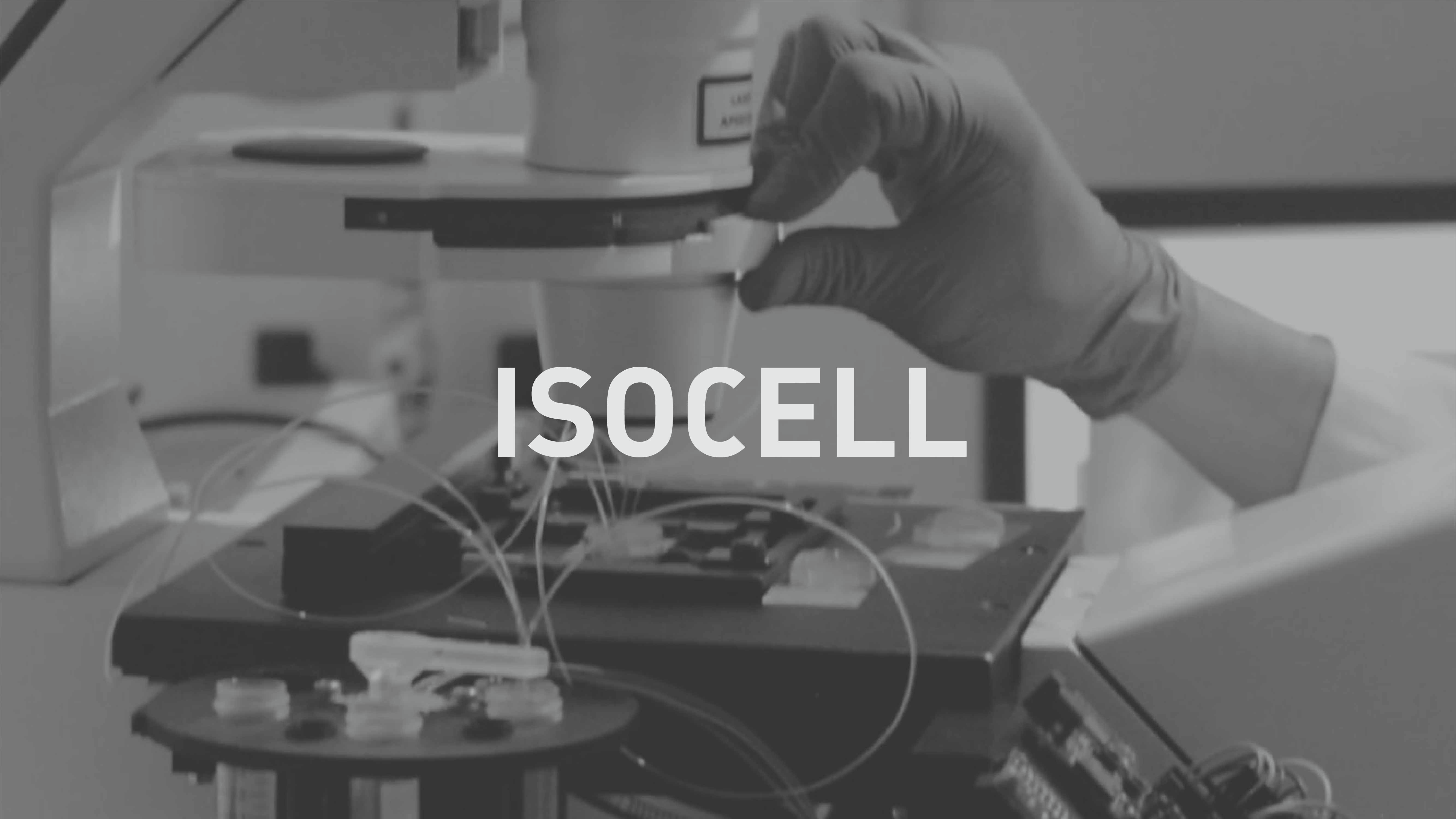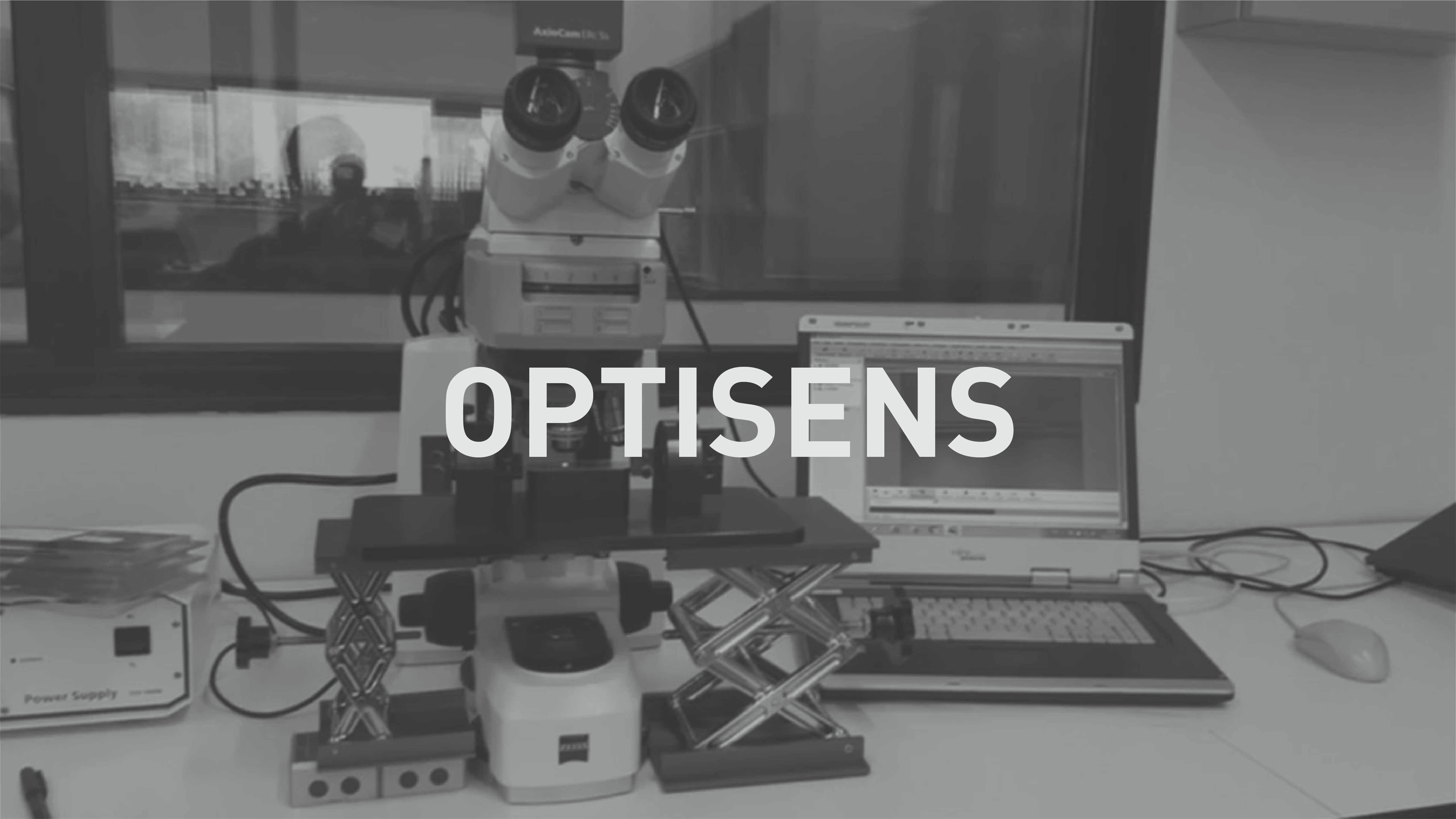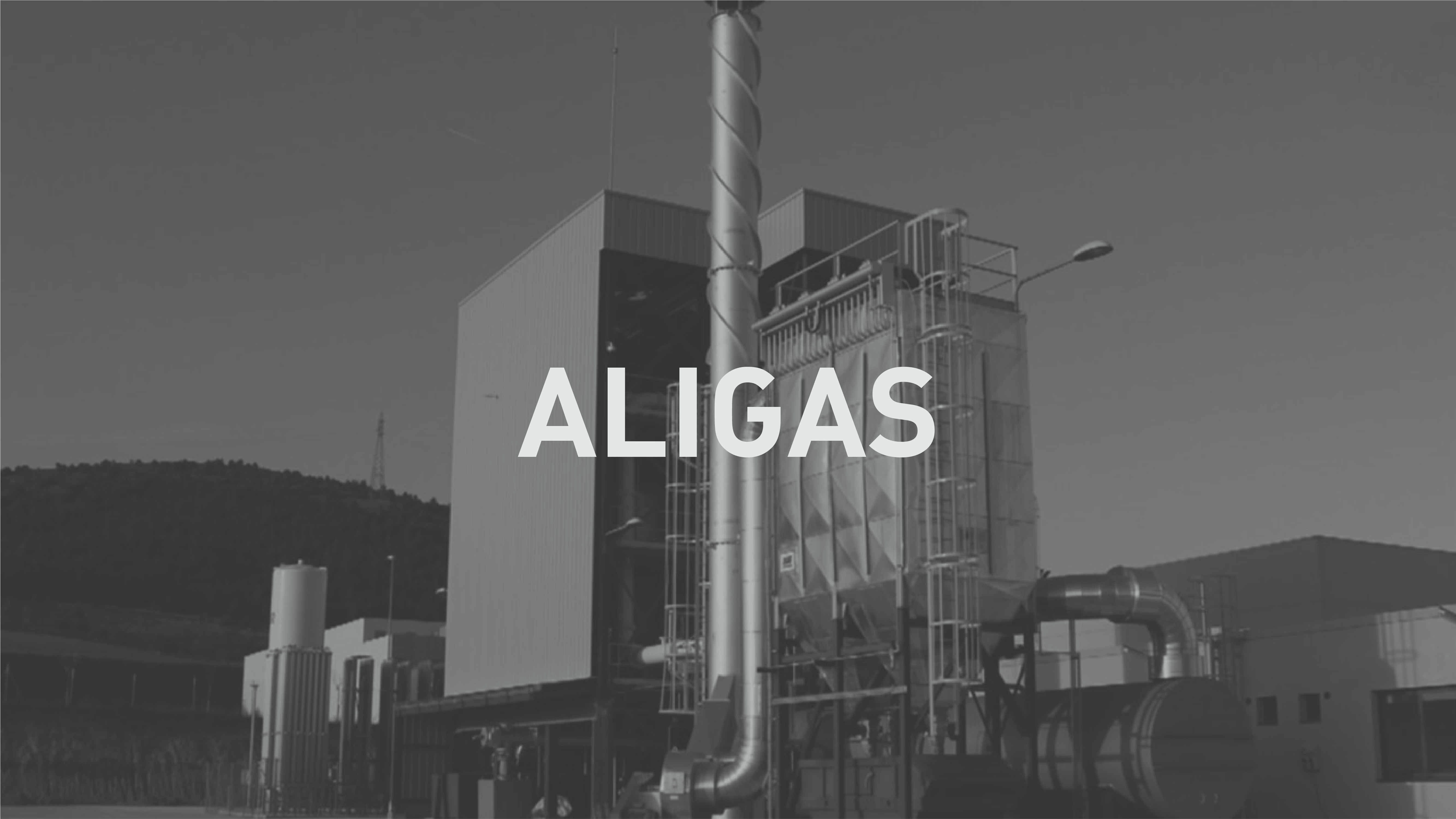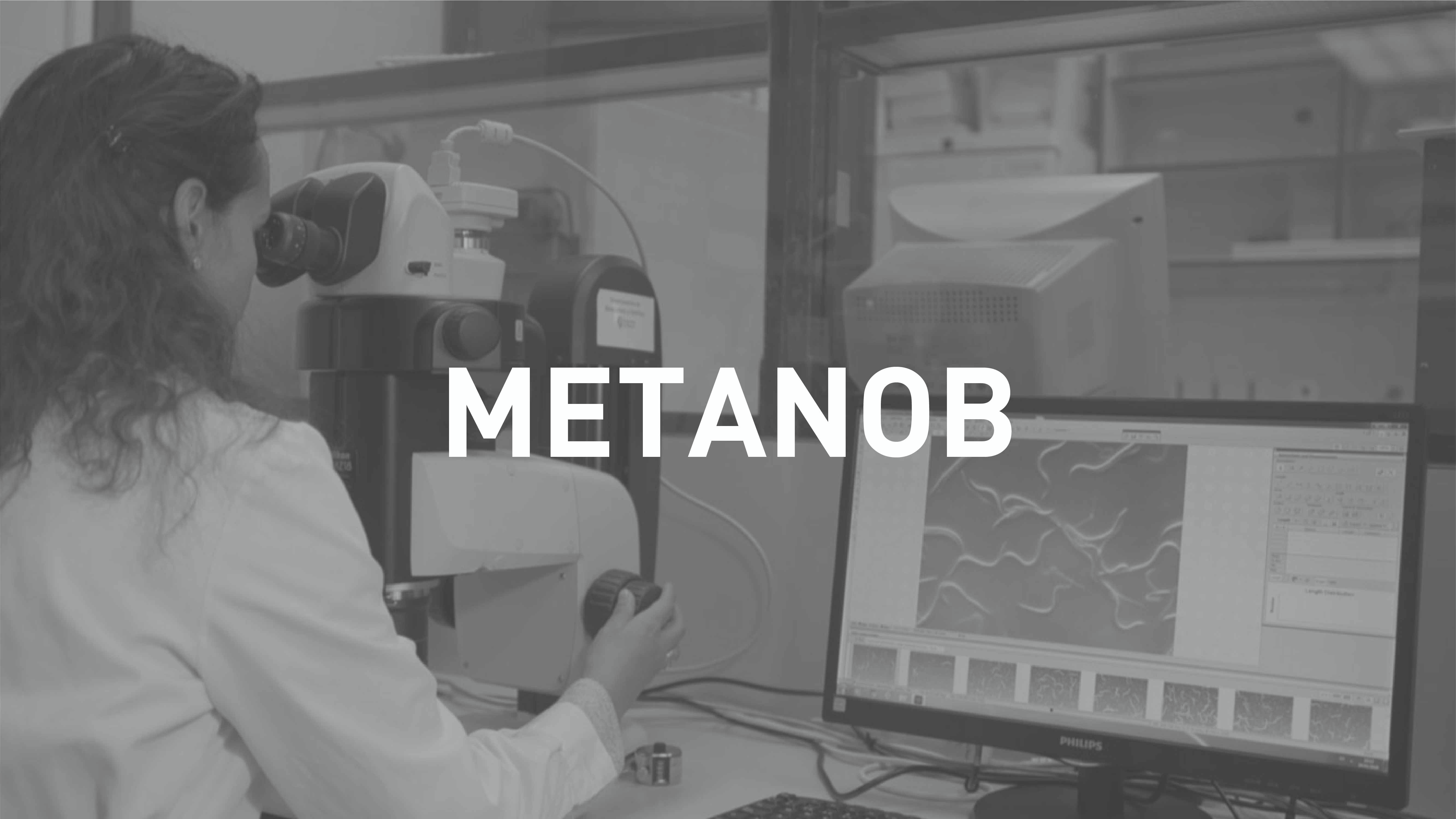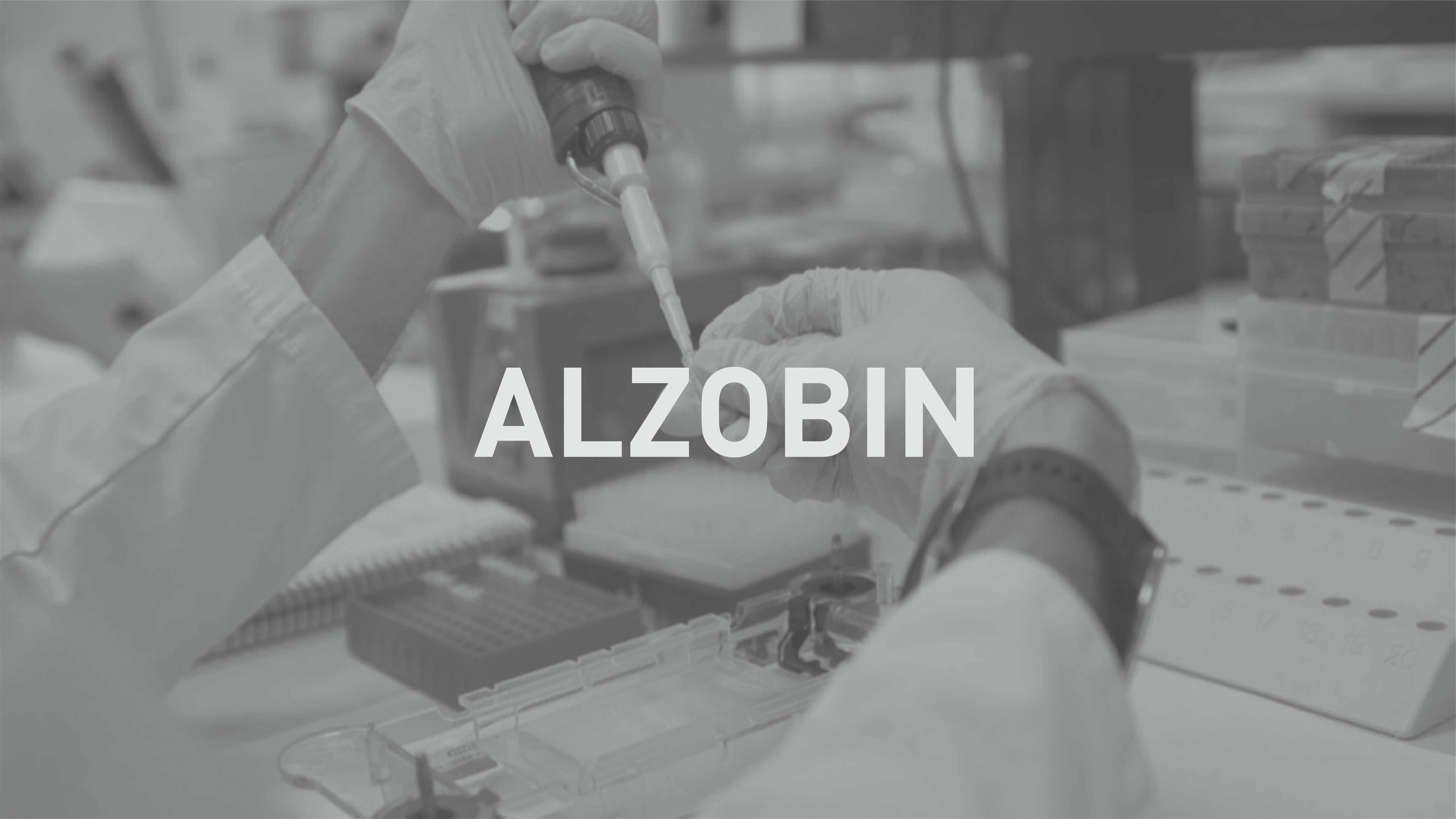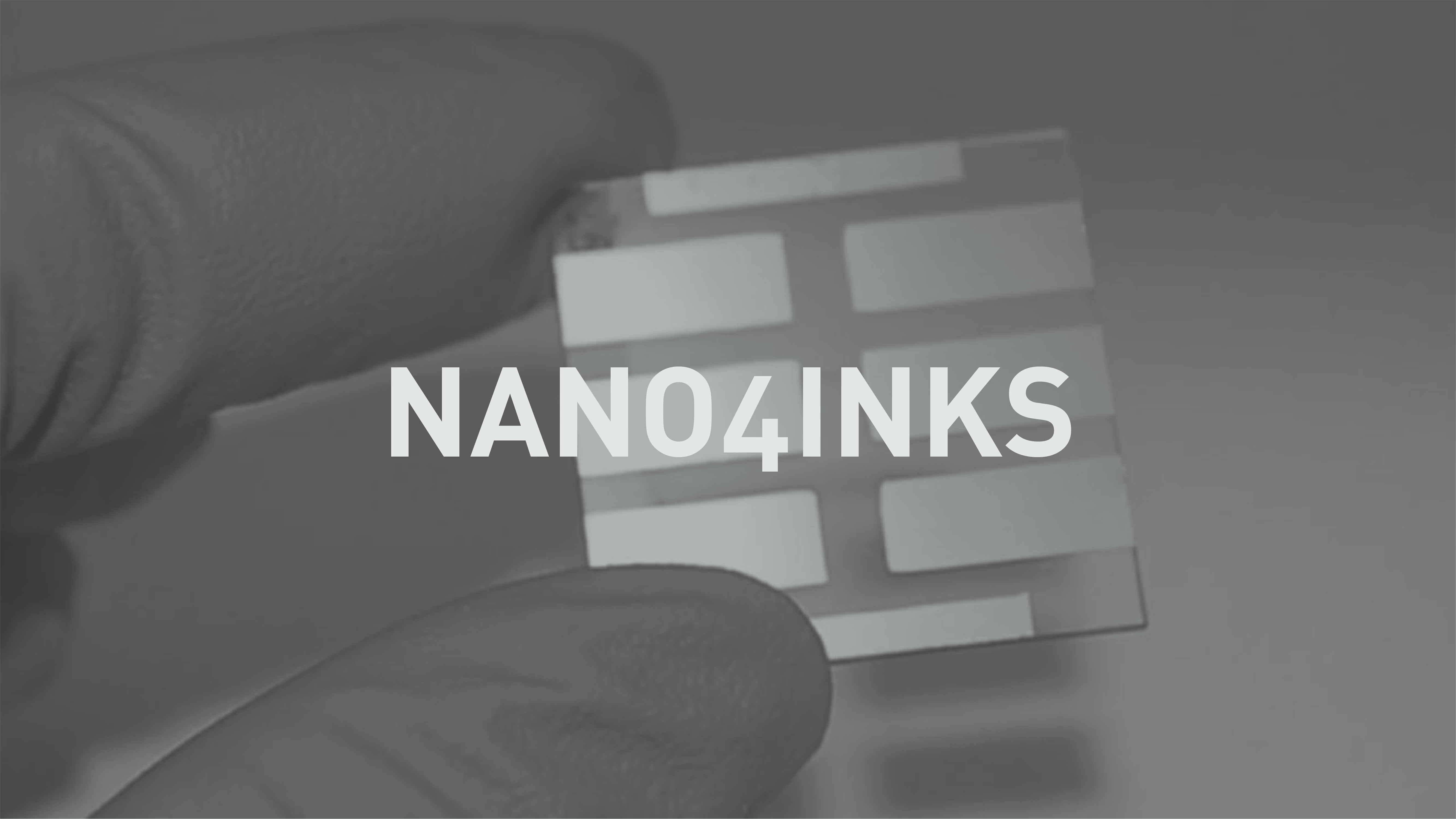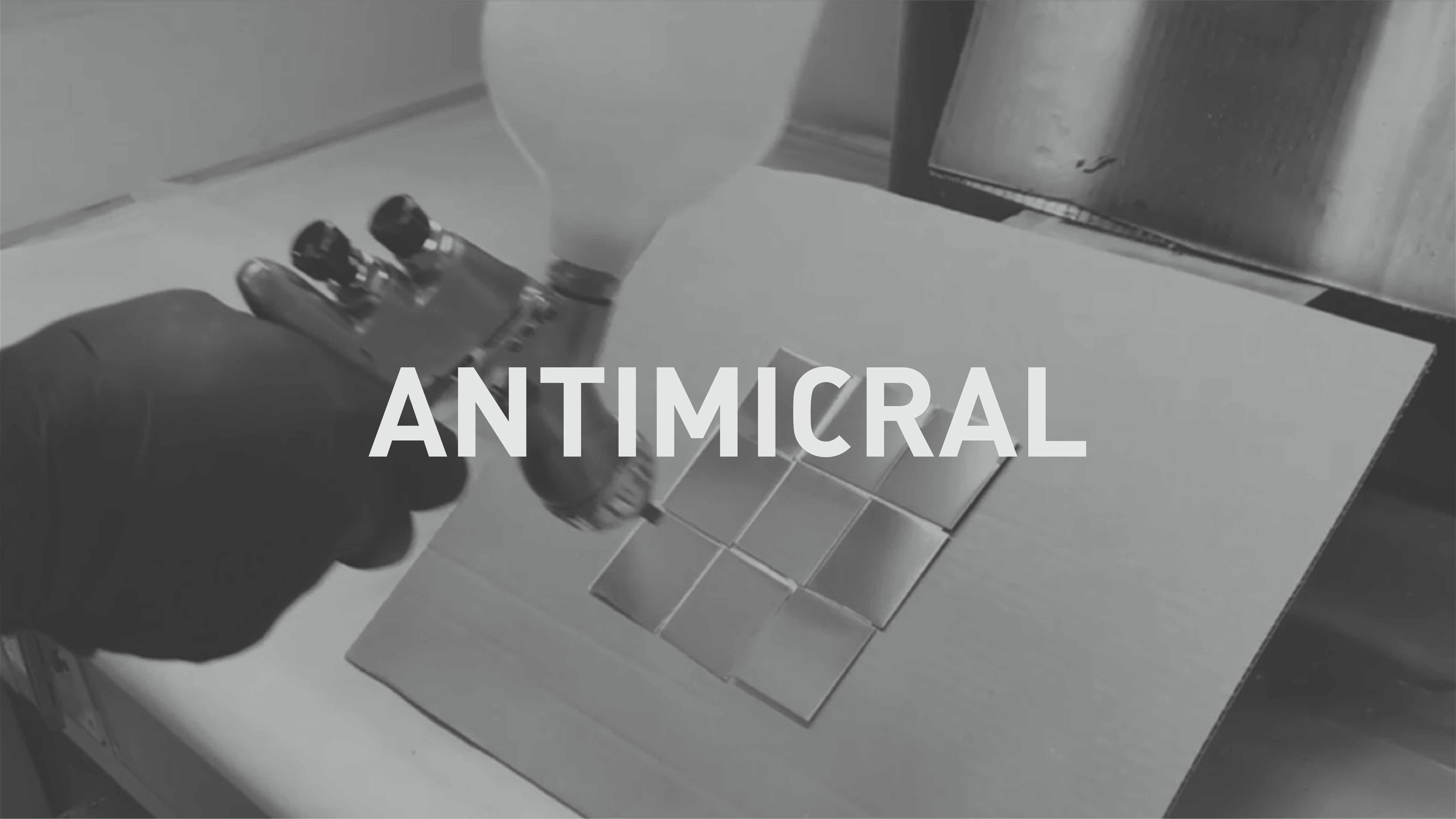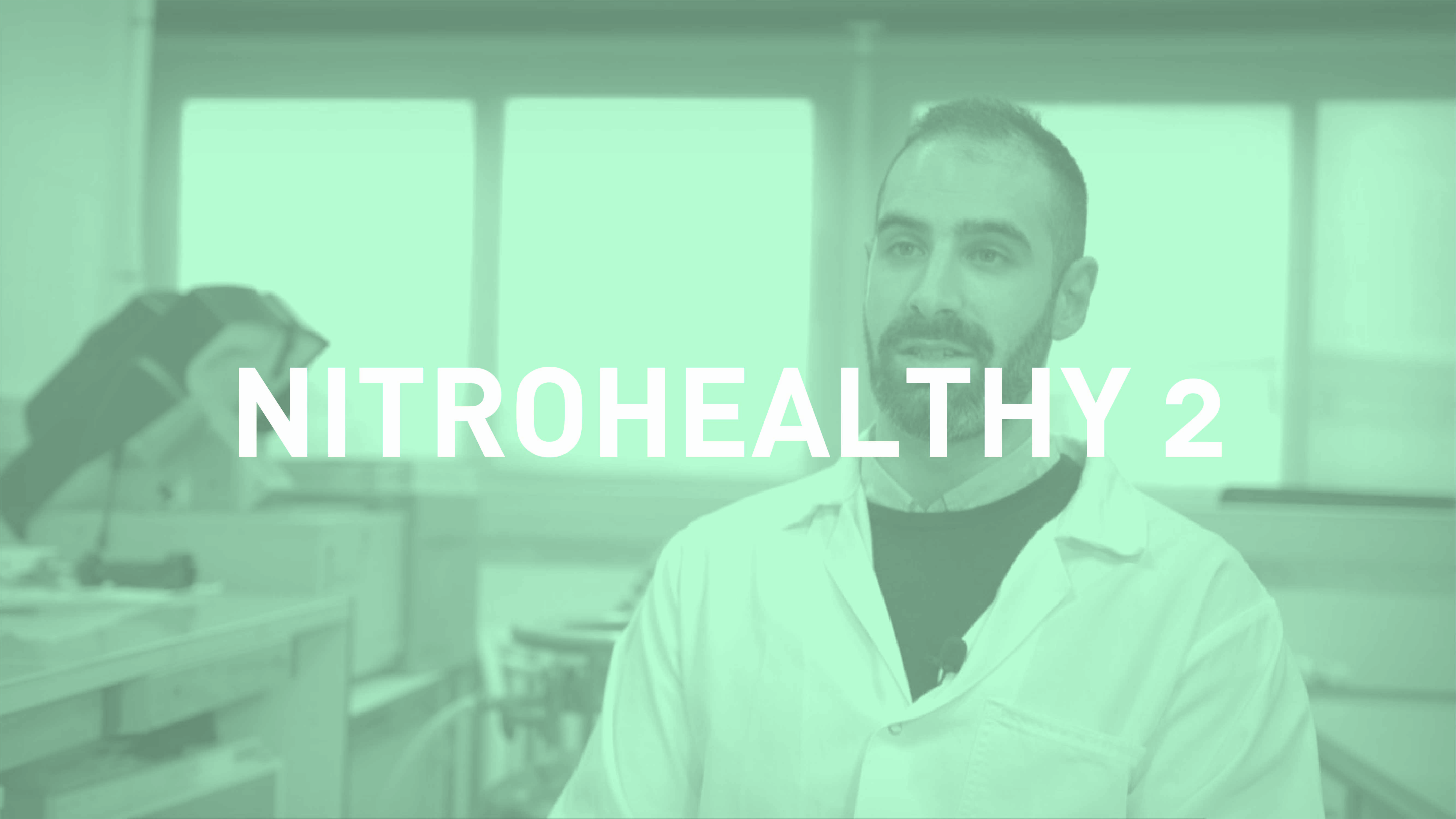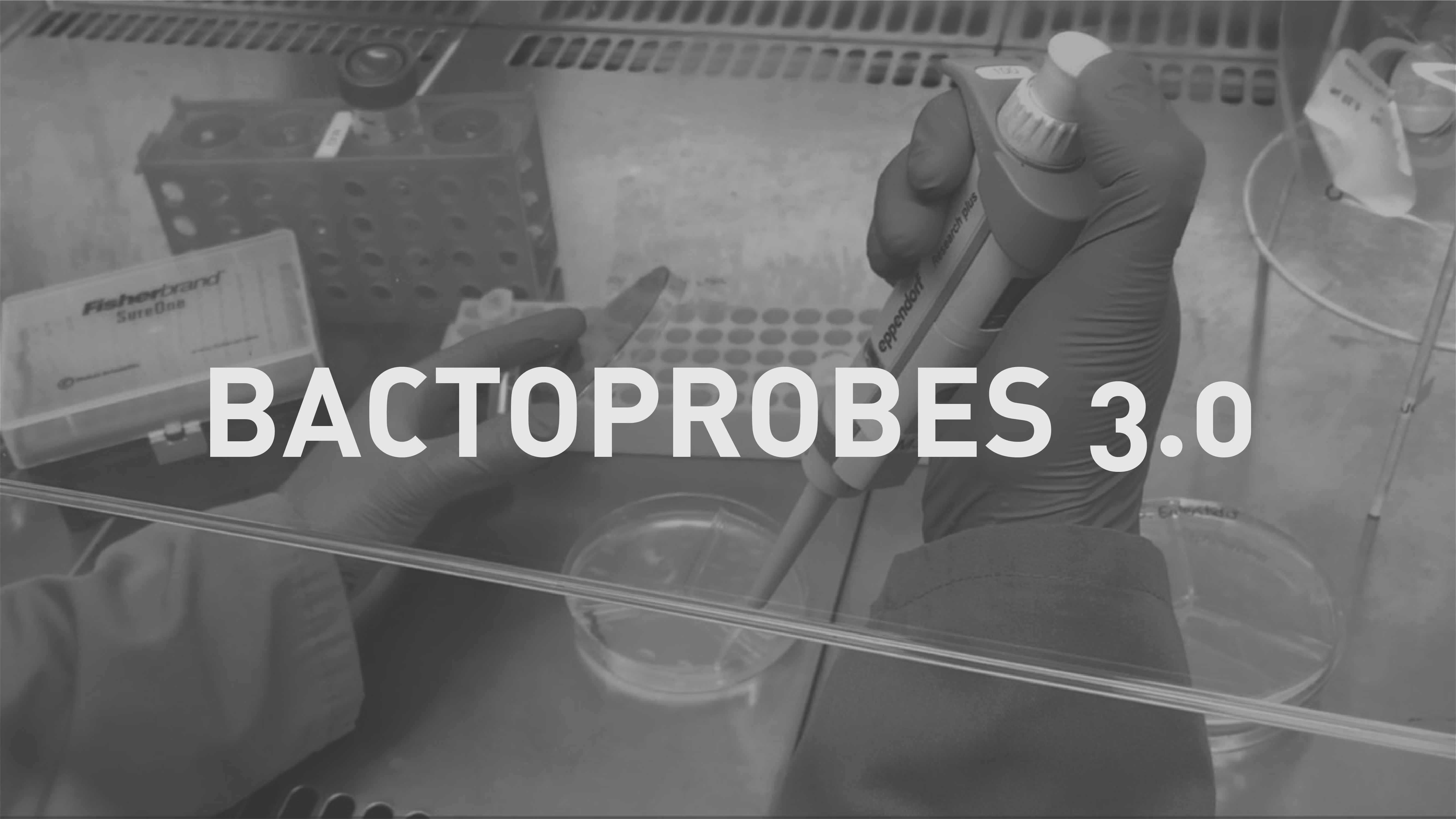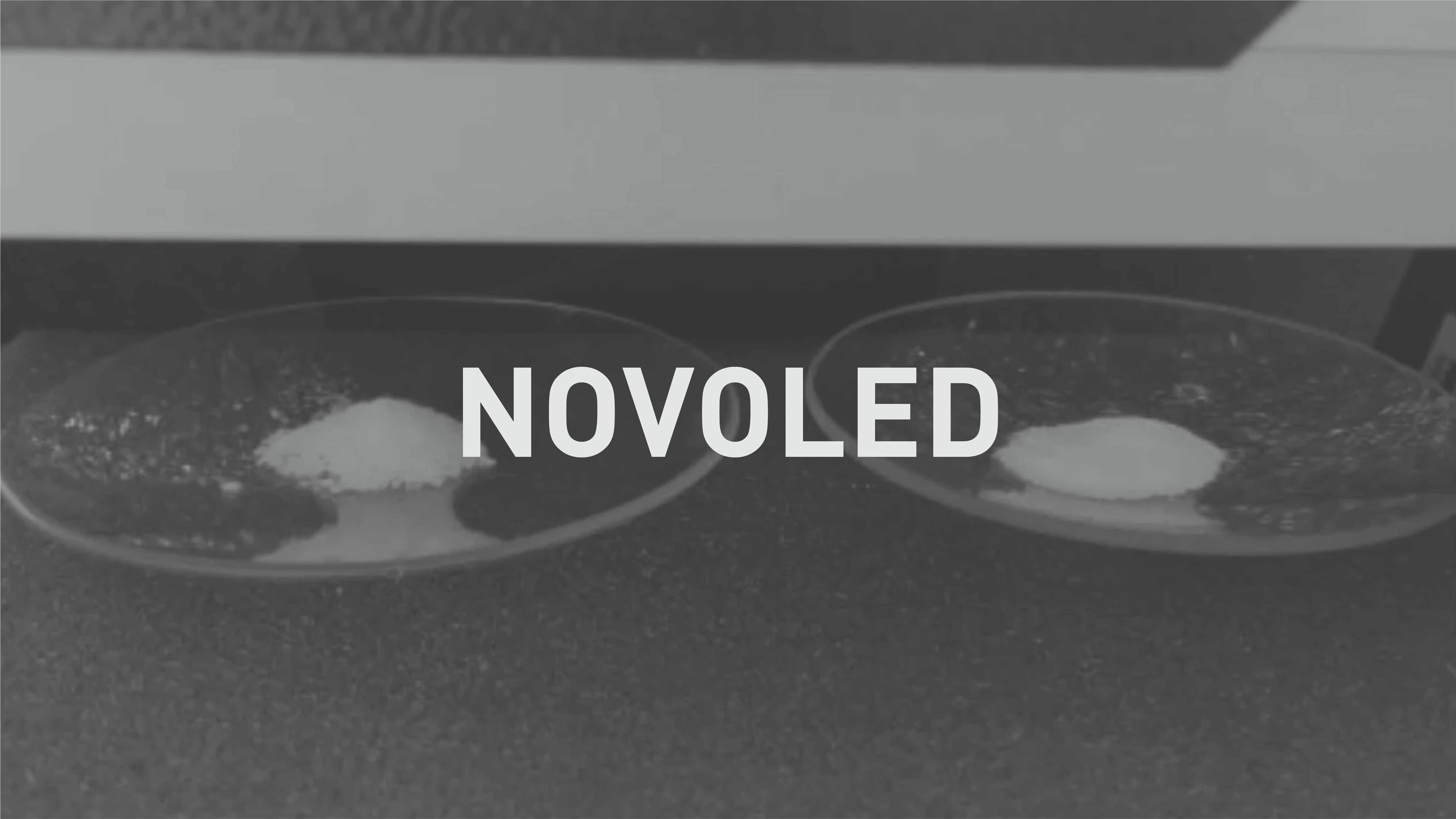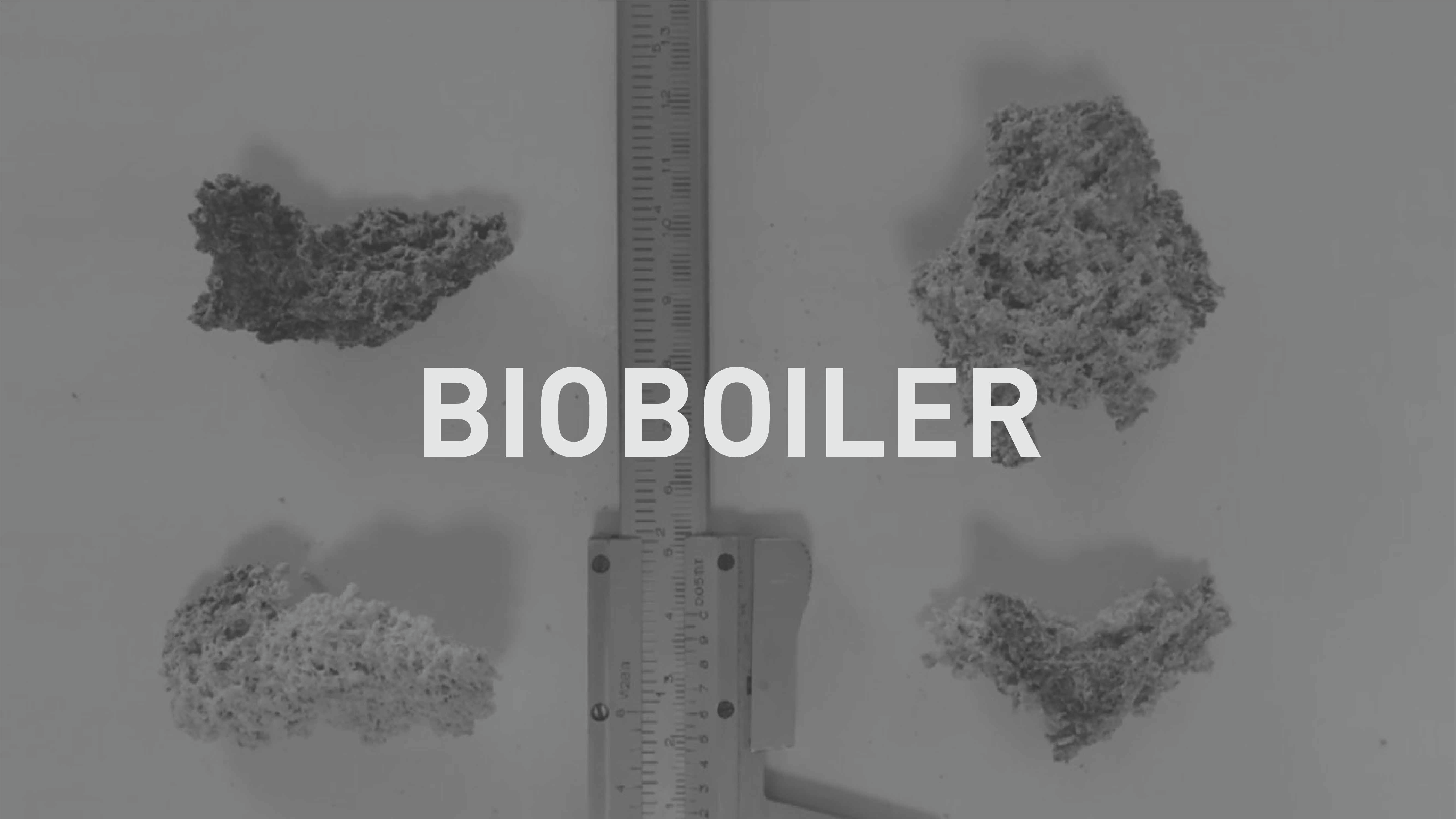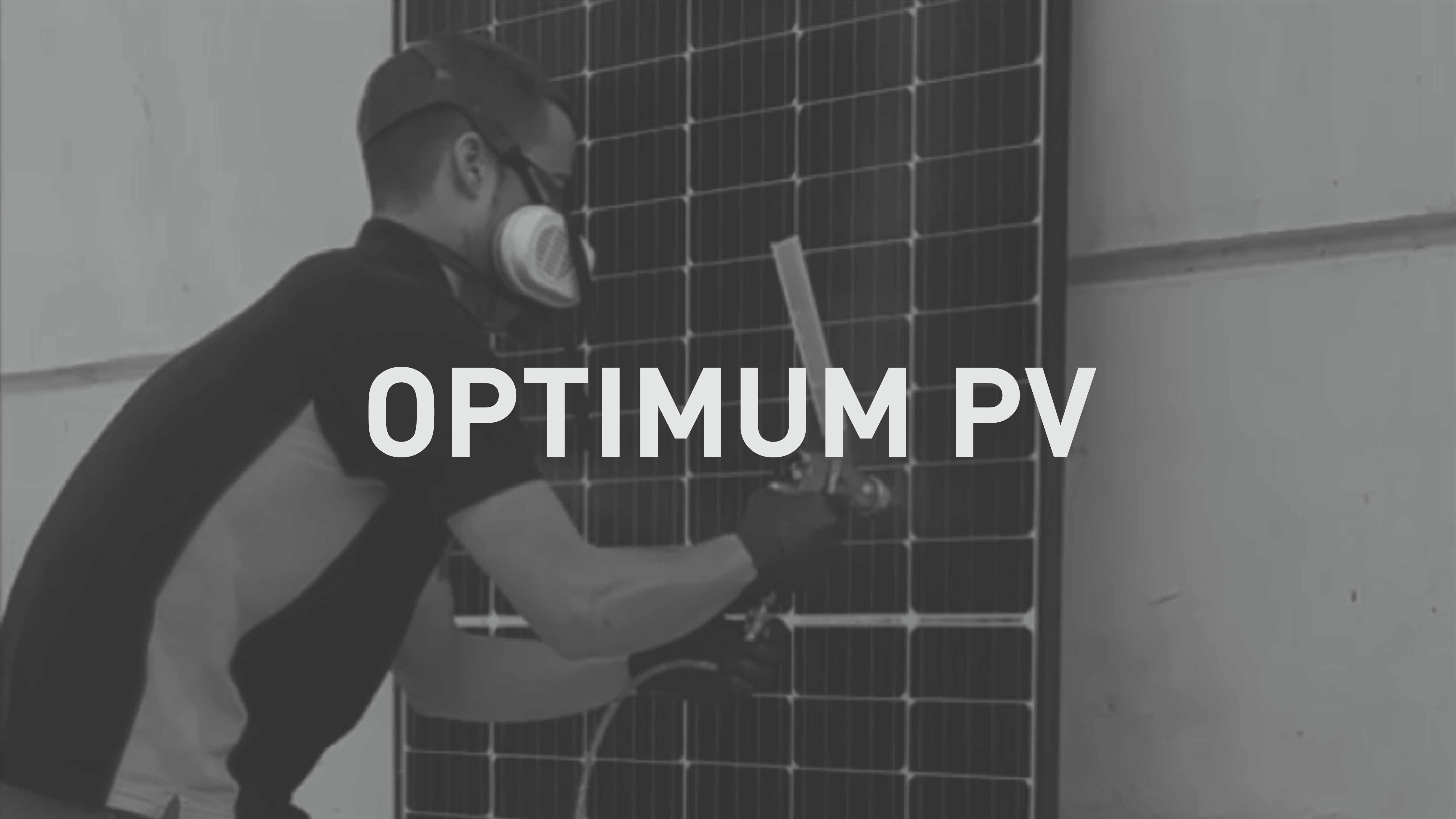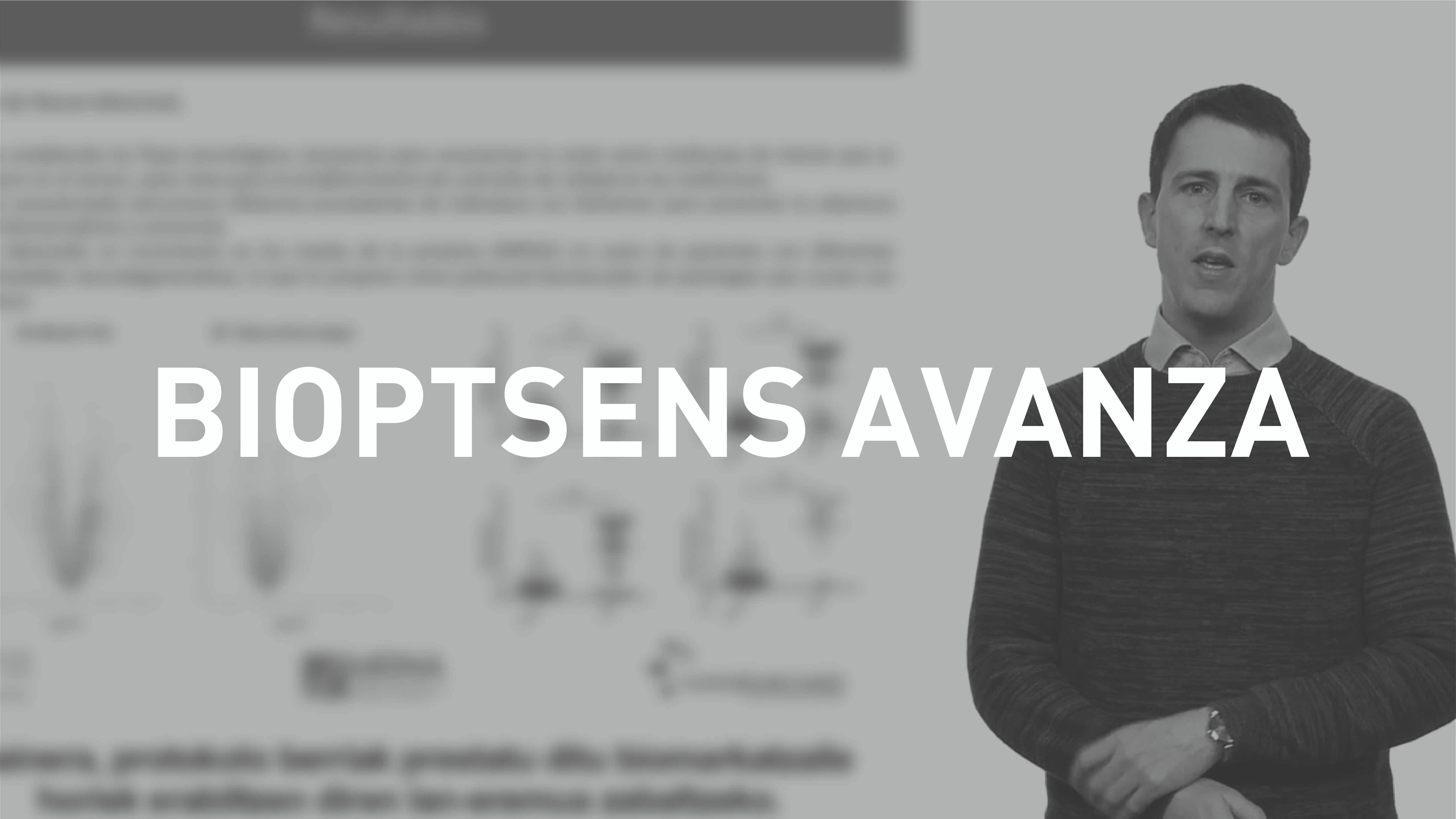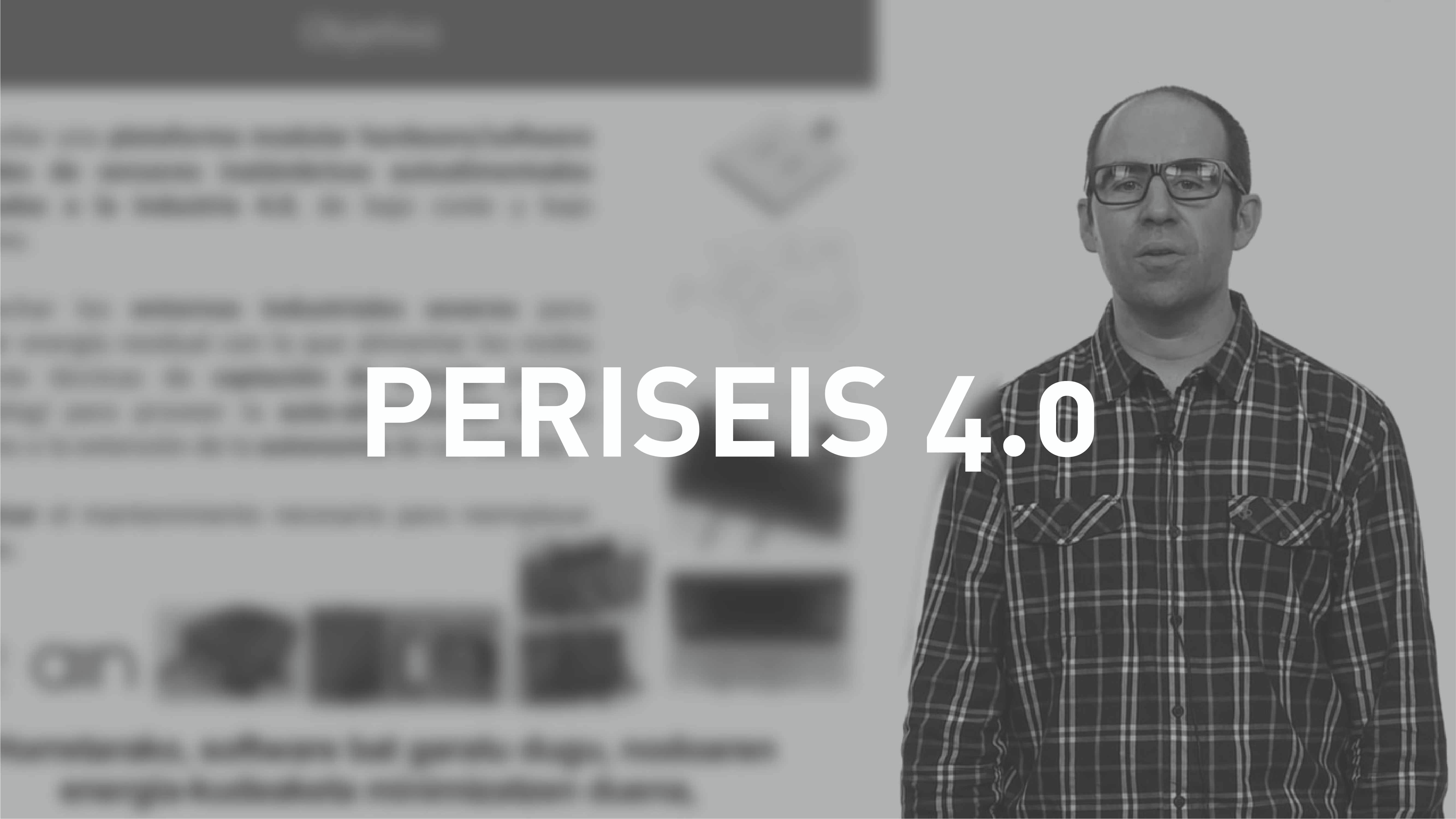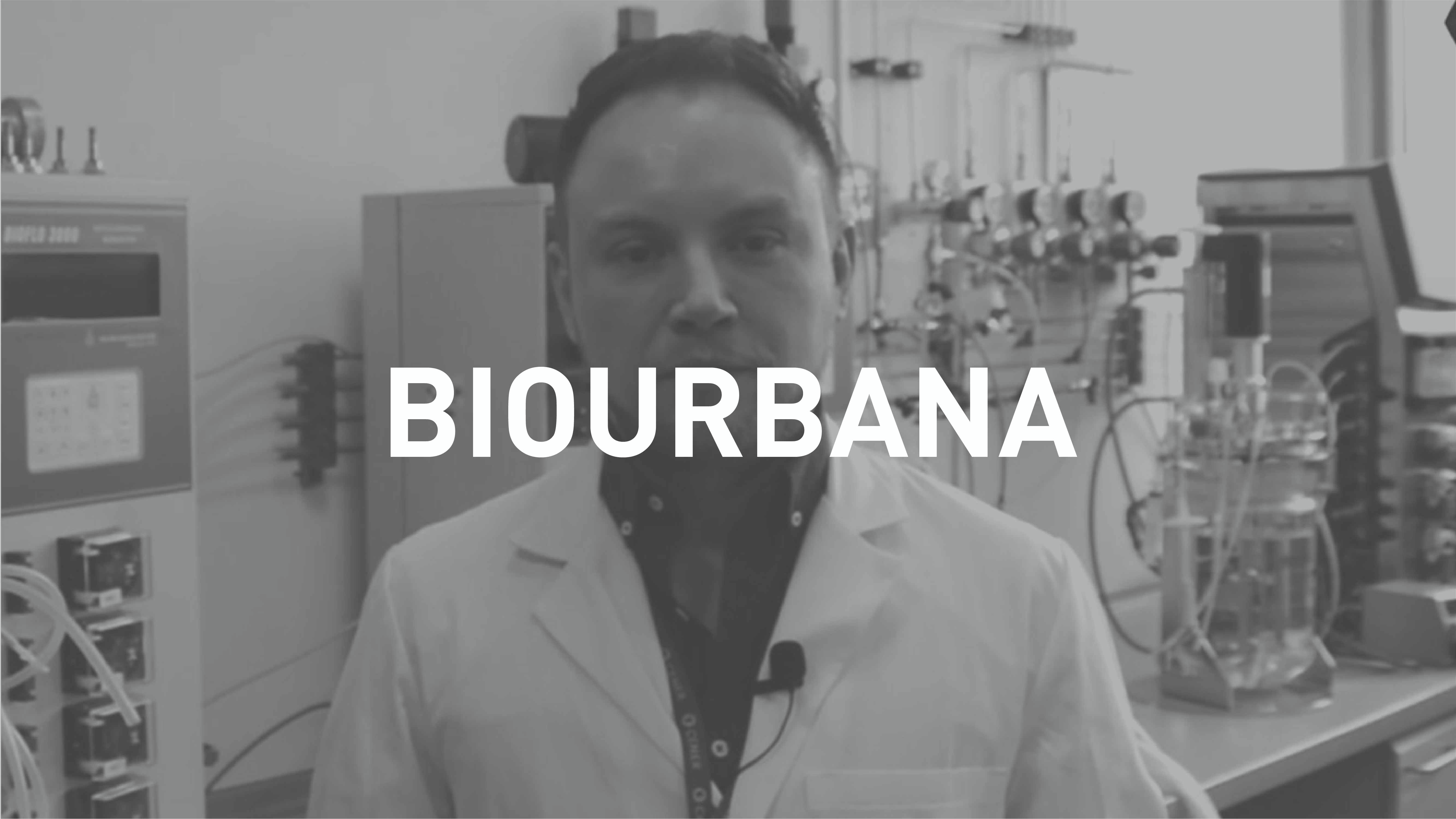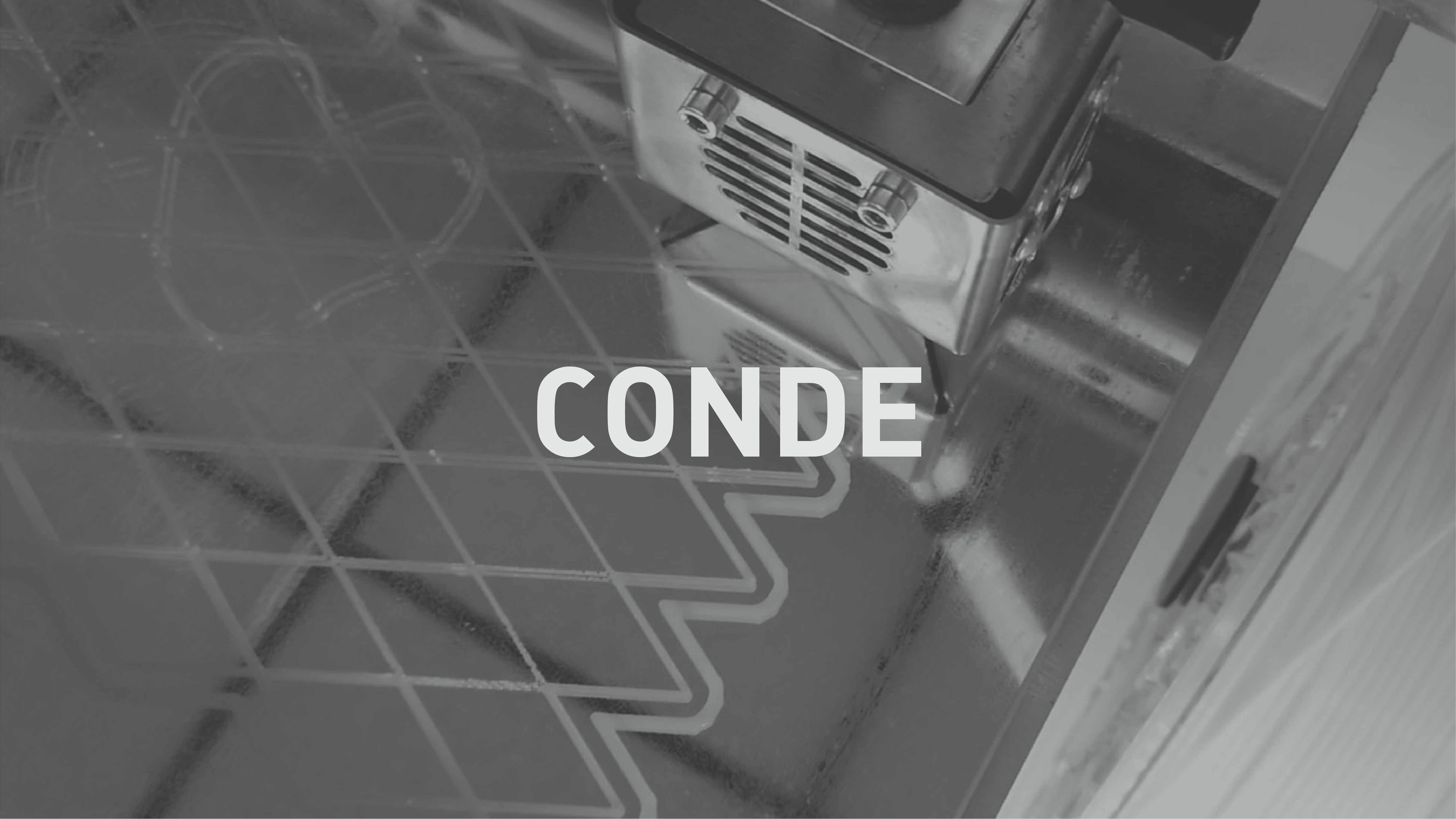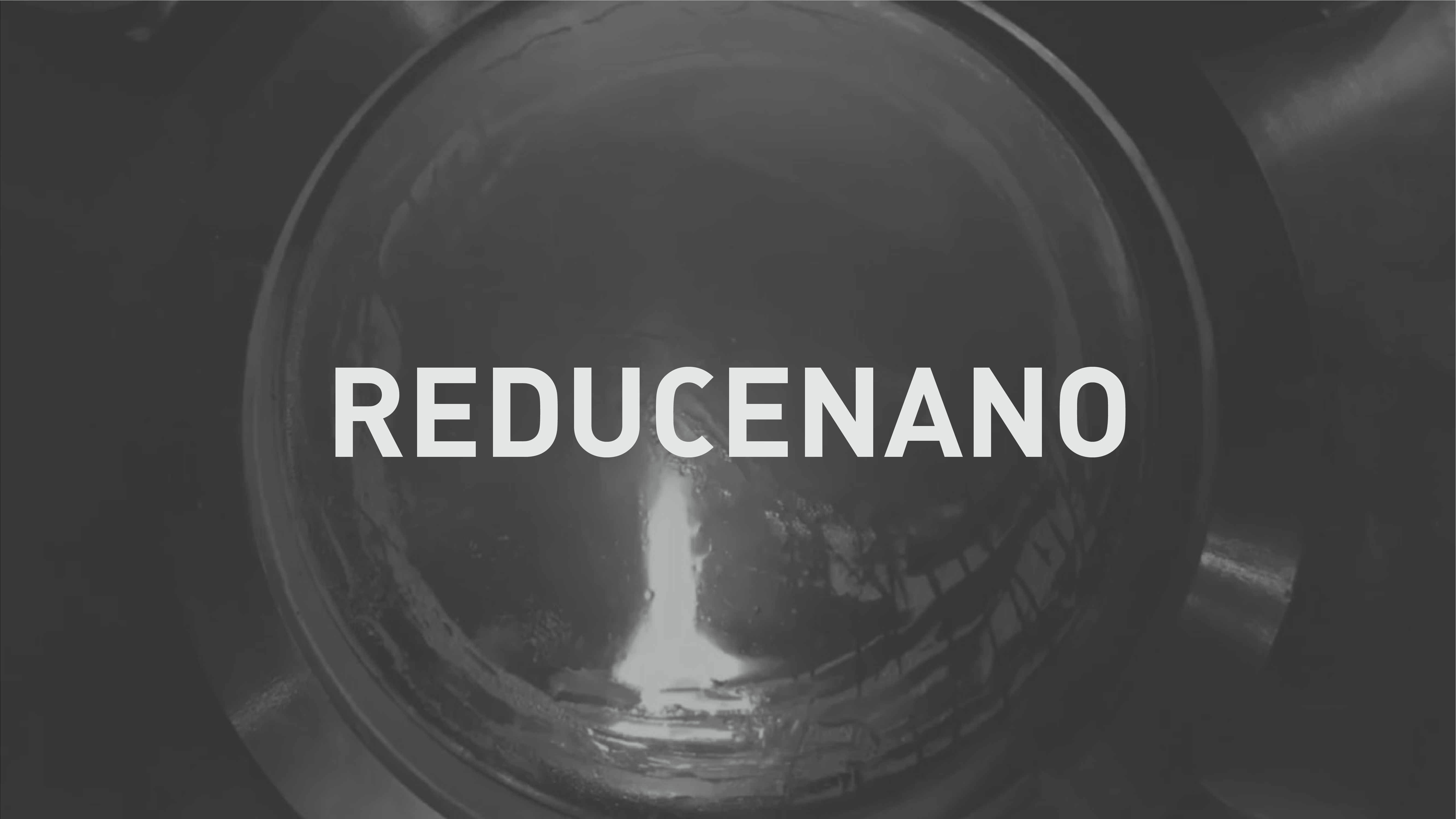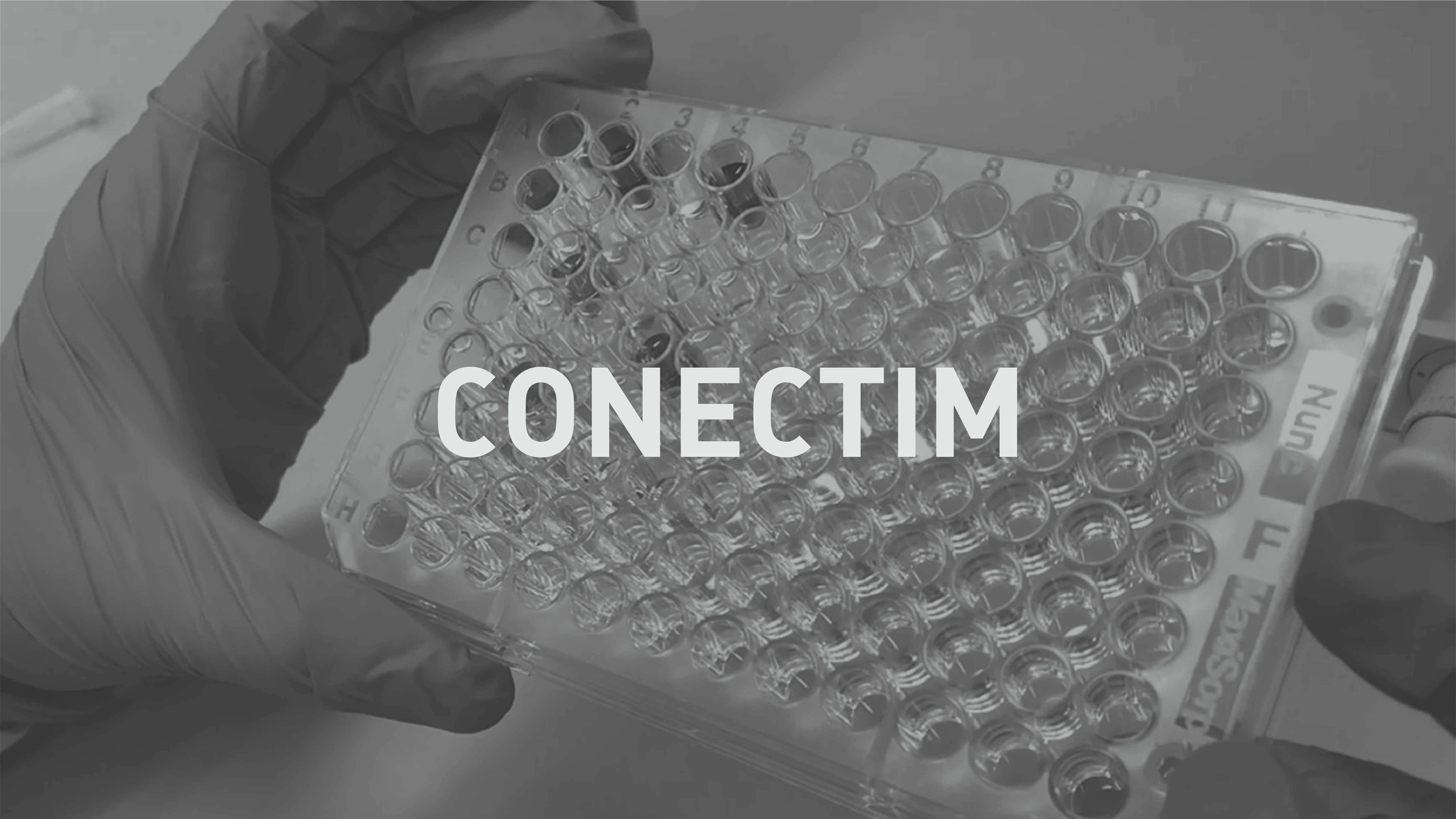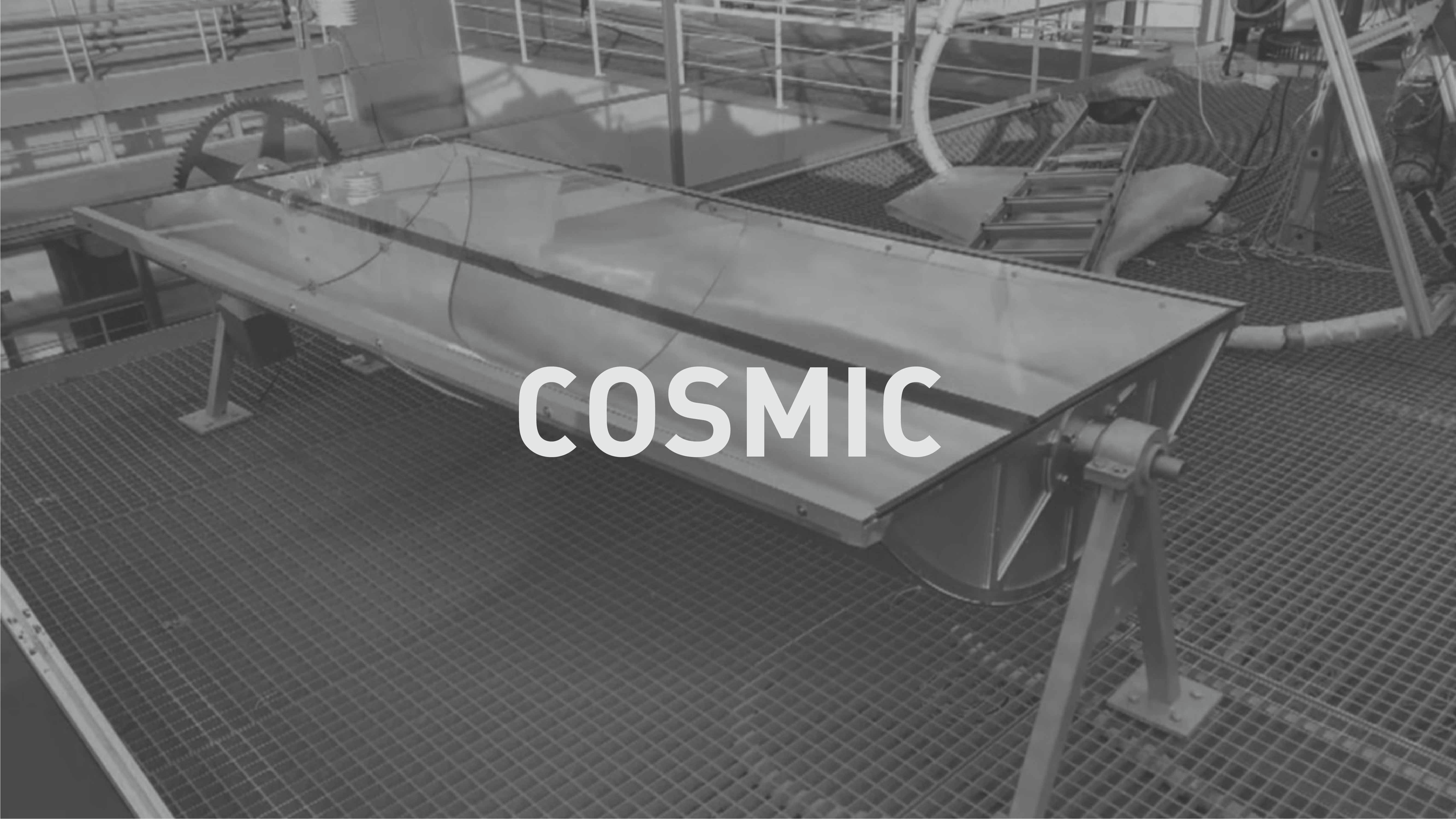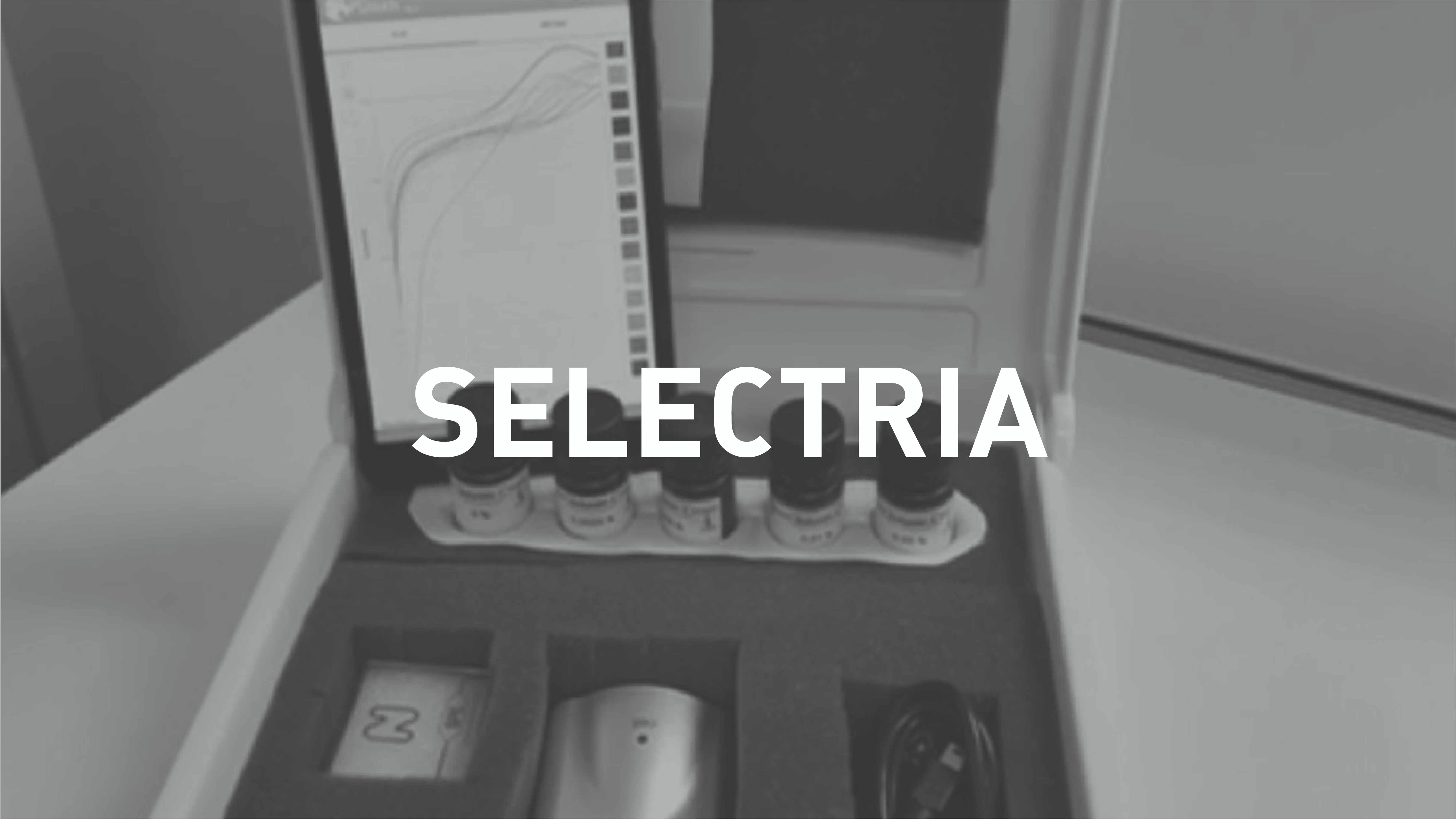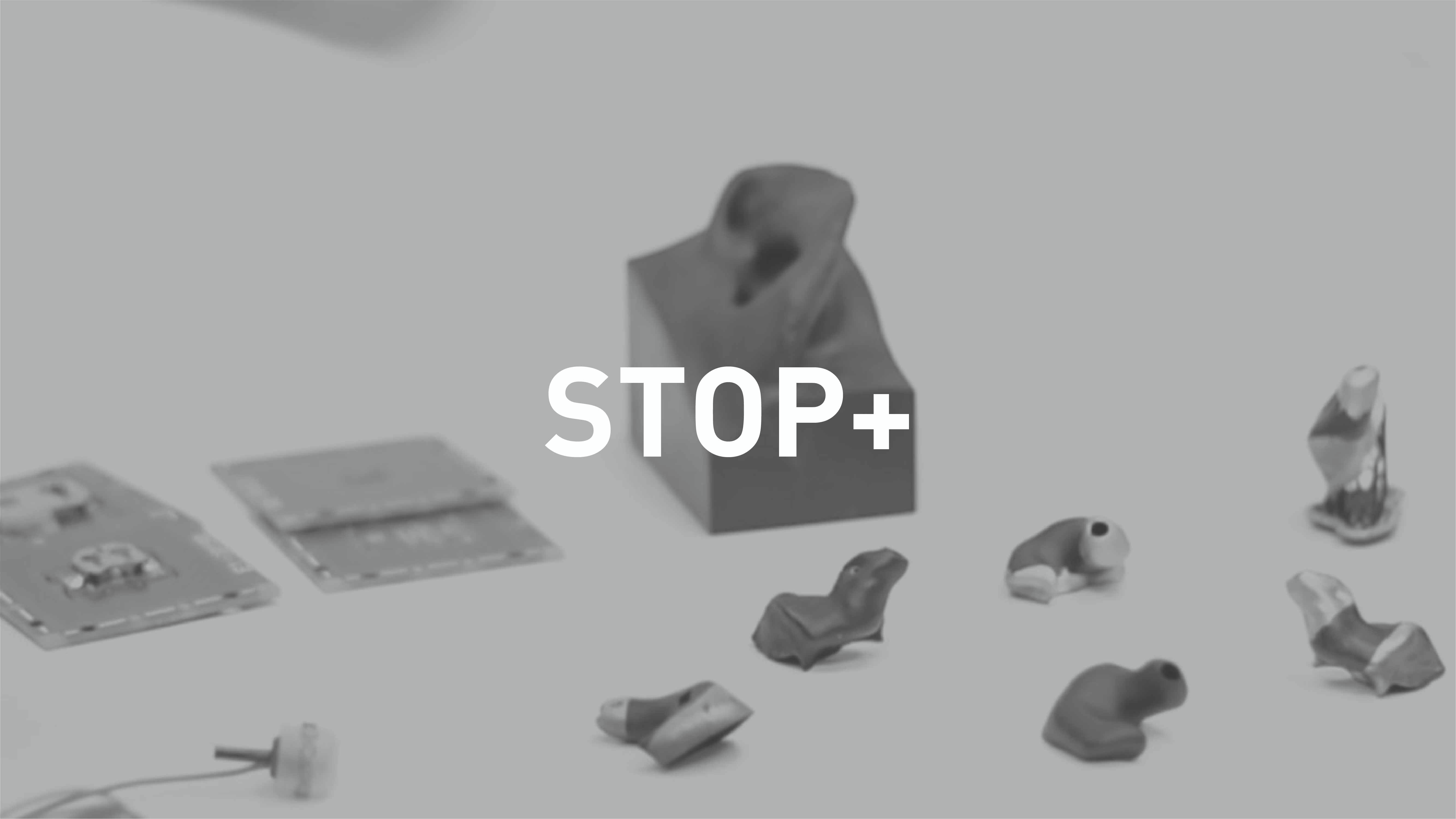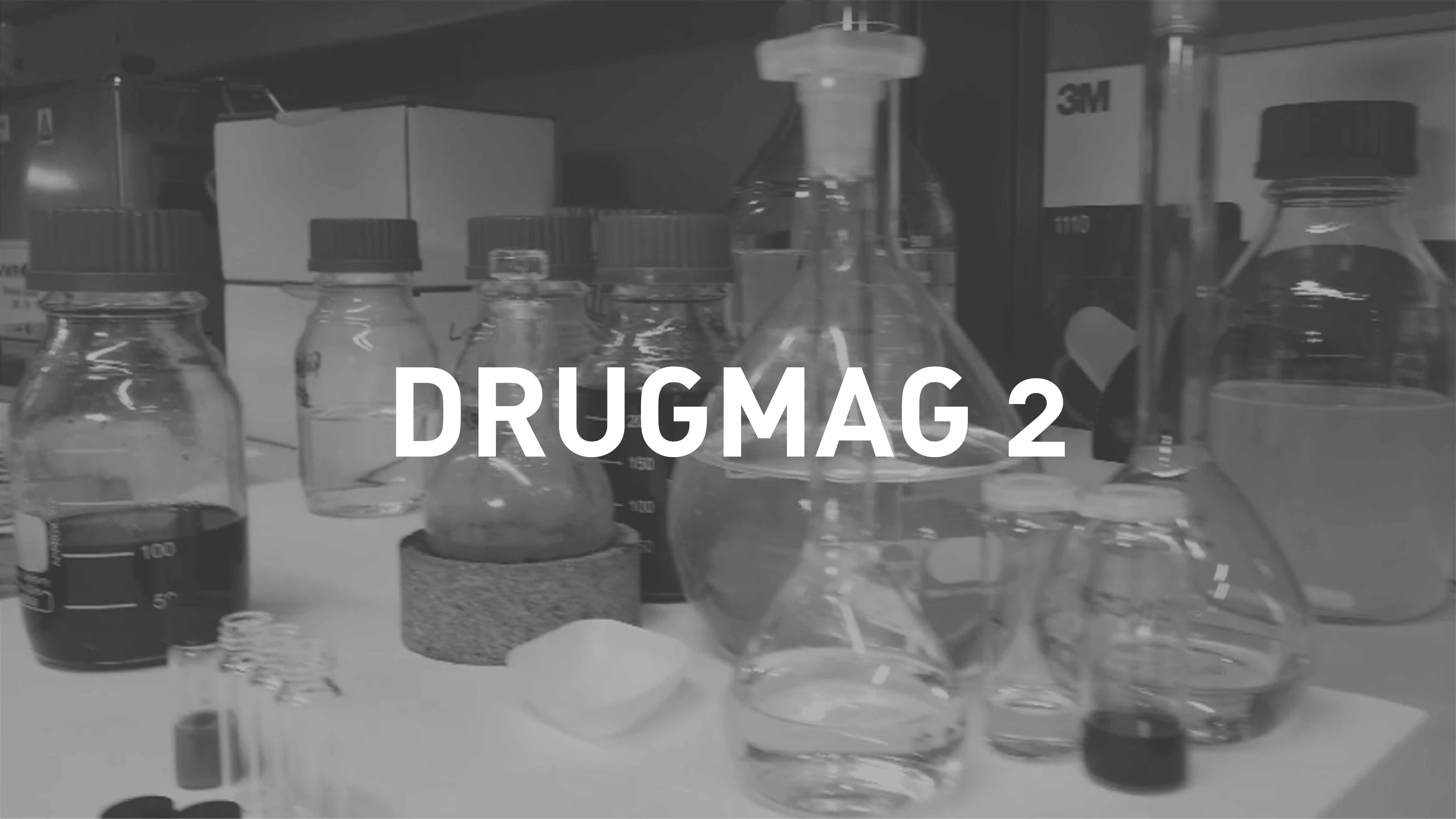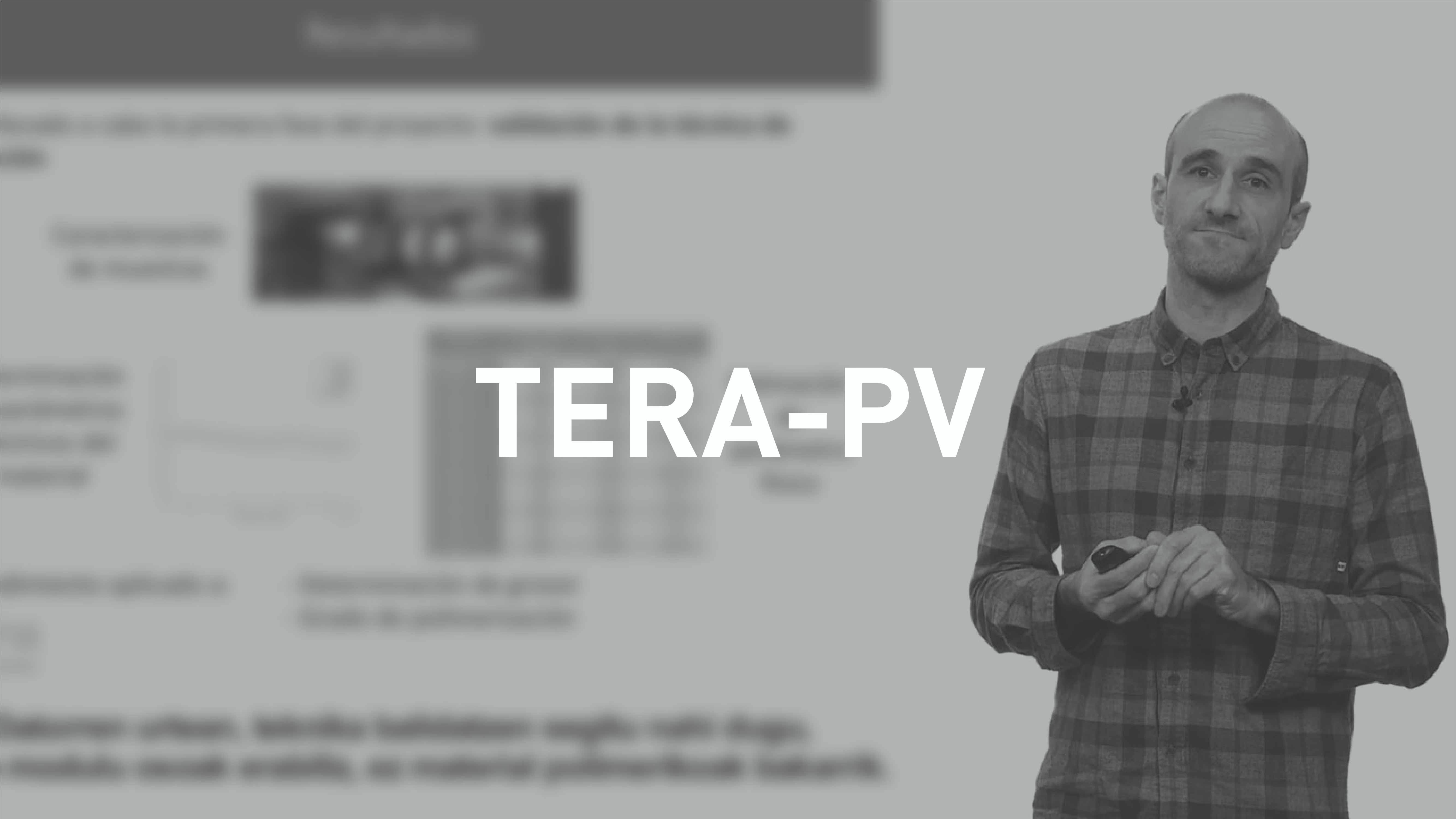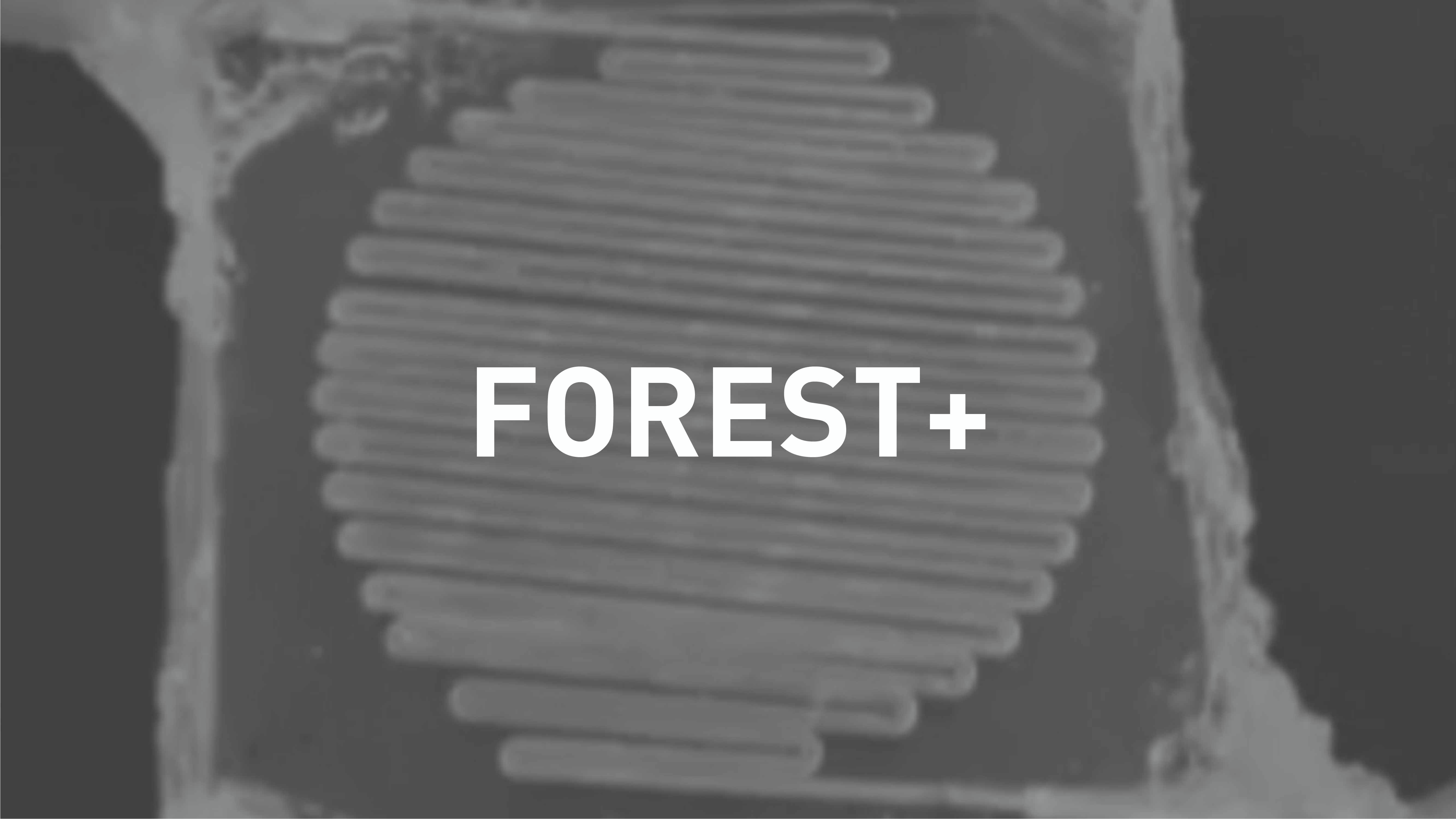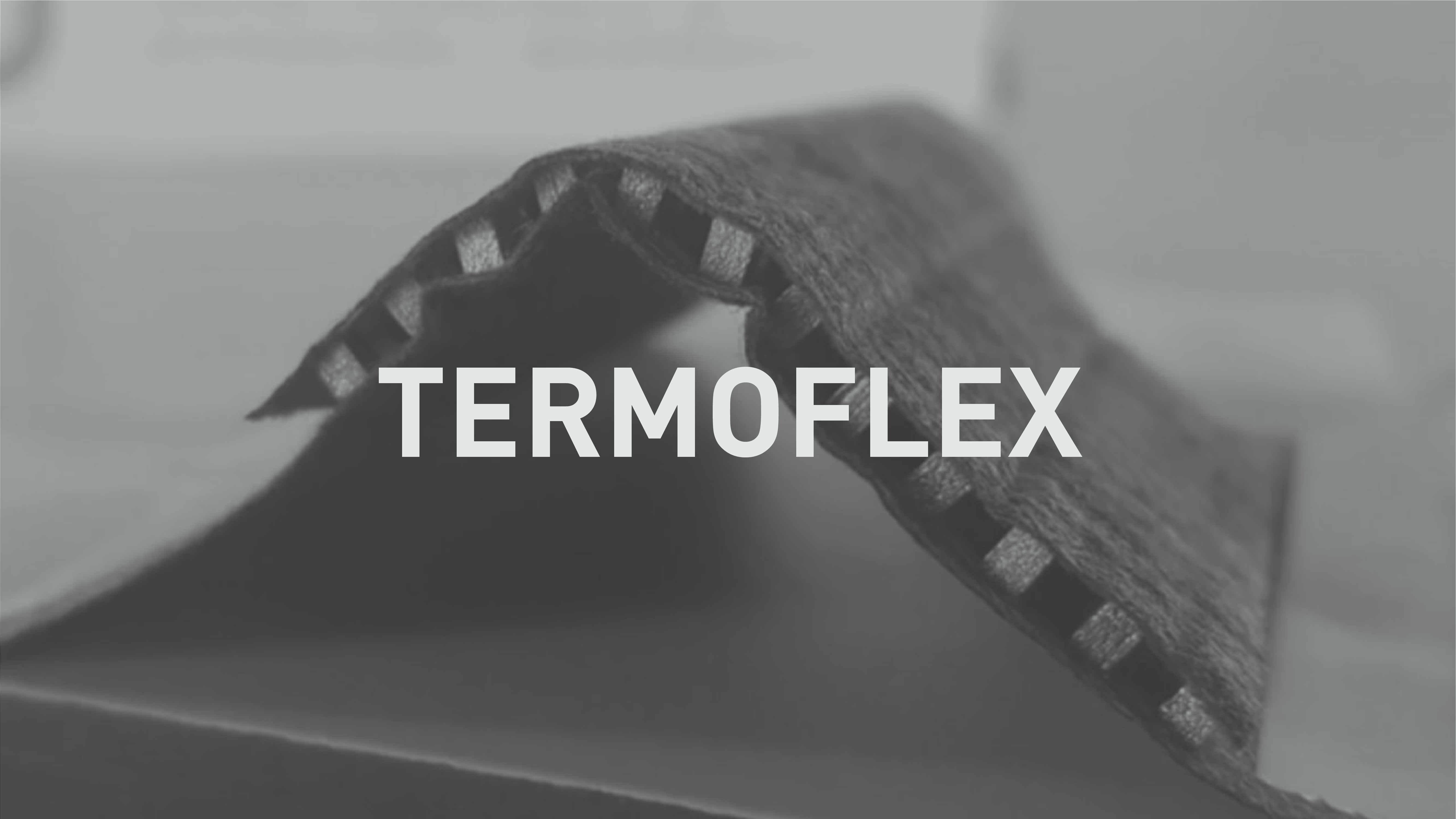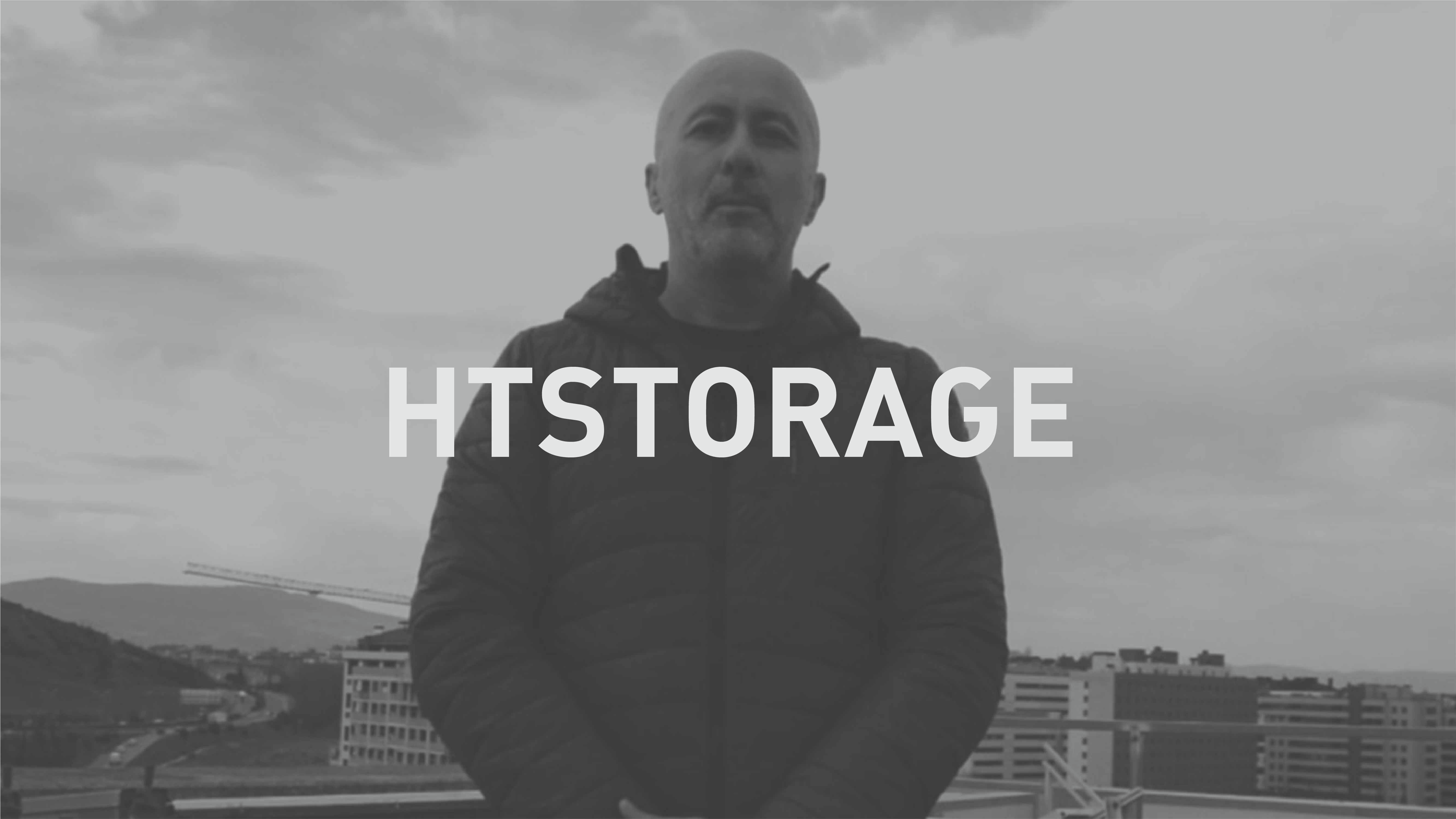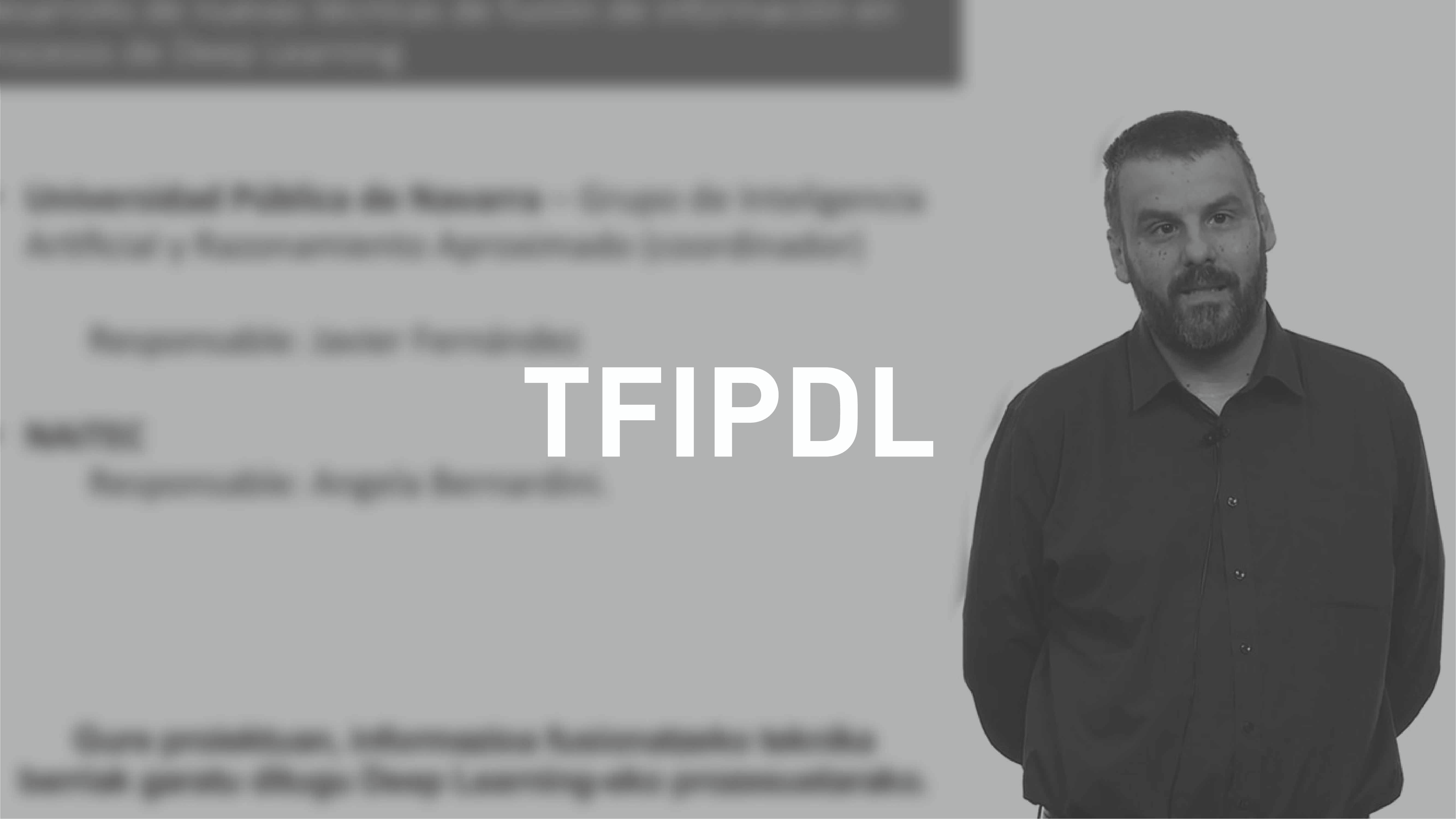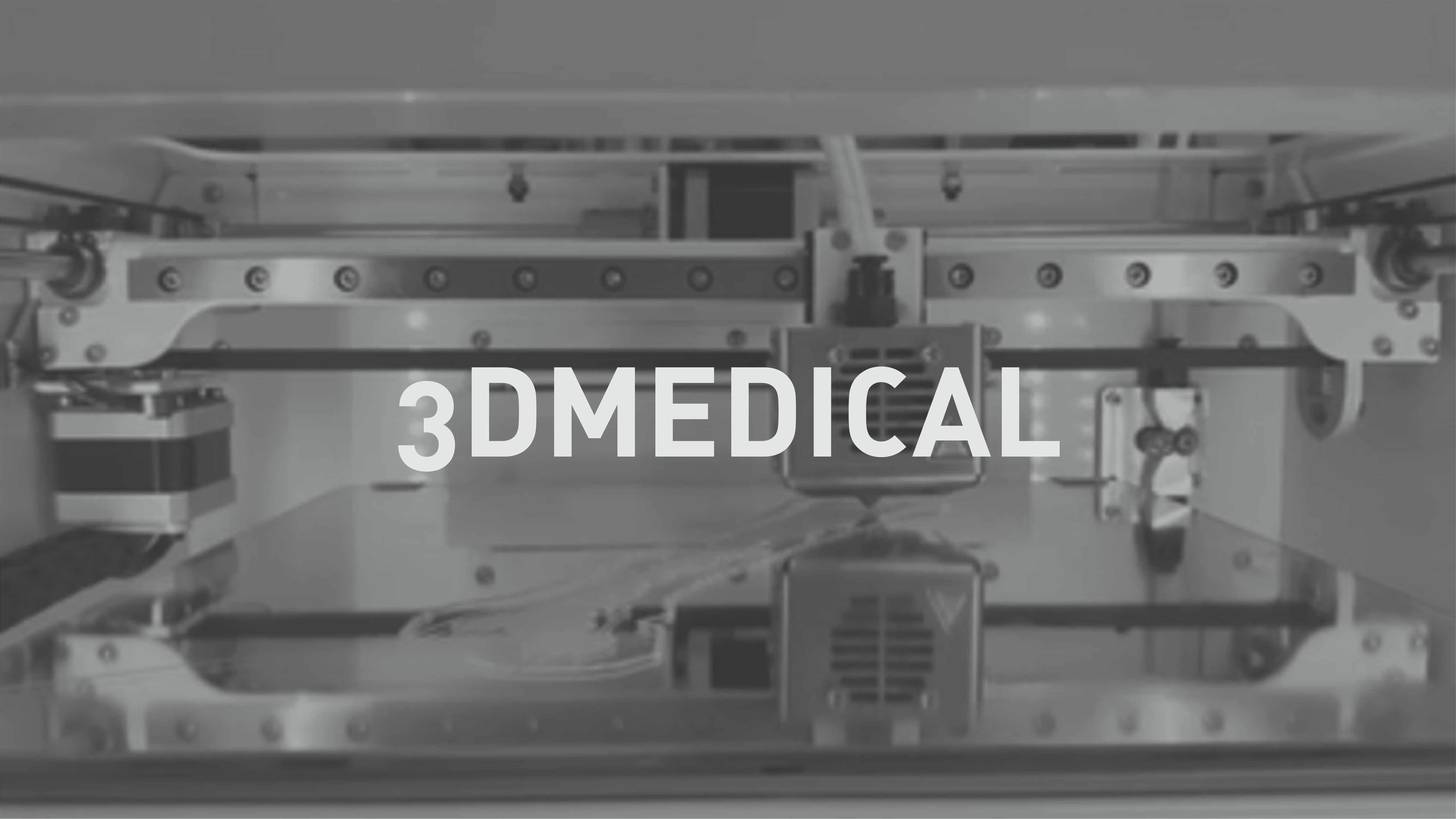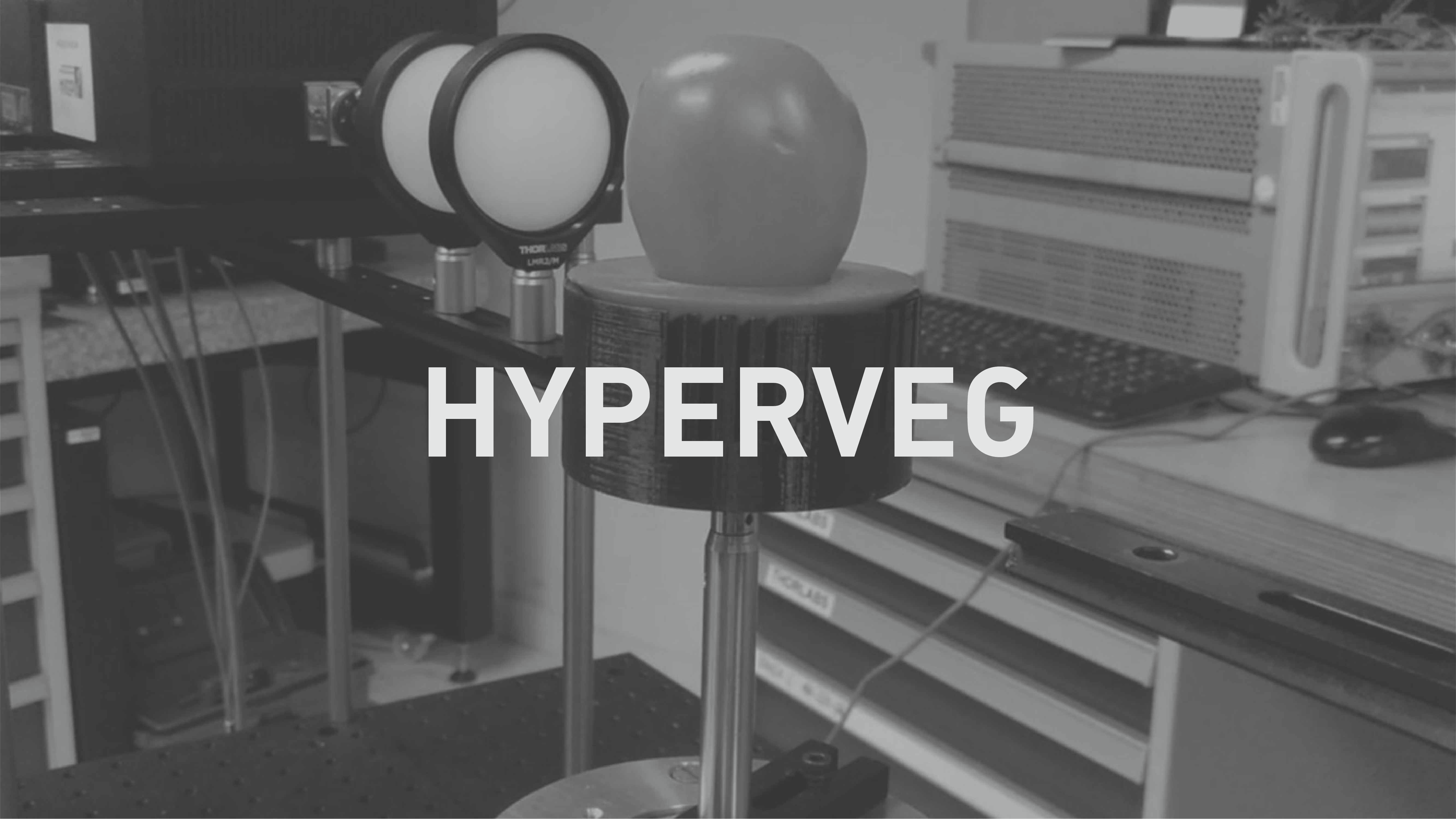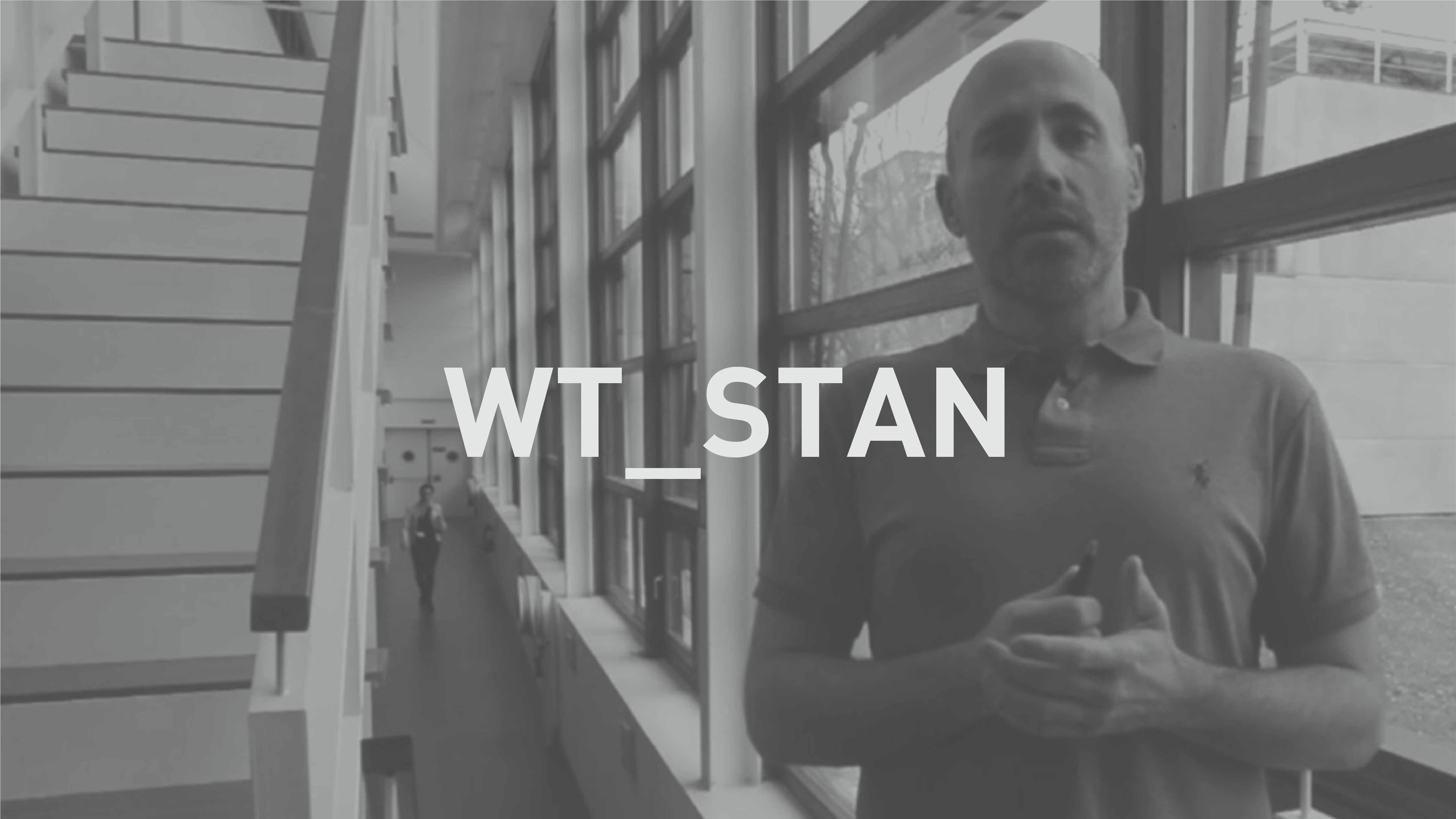There are three strategies that can be used to obtain hydrogen in an environmentally clean way: the thermochemical, photobiological and photovoltaic routes. The latter is the one with the most advantages. It is low cost, has good conversion efficiency, the gases (O2 and H2) can be separated and the reactor size is adaptable.
The hydrogen obtained through photocatalysis is, therefore, a renewable energy source that is easy to accumulate and transport. Because of that, hydrogen is used to produce electricity in fuel cells that can be used to provide the energy needed for buildings or vehicles (hydrogen engines). The general goal of the PHOTO-ACTIVE project is to develop new photocatalytic coatings and optimise their optical properties to improve the ways they can by used in the energy field and, more specifically, to obtain hydrogen using photocatalytic hydrolysis. In addition to the general goal, there are diverse technical goals.
─ To develop a new family of photovoltaic coatings based on metal oxides that can absorb energy in both the UV and visible spectra that can be used for producing hydrogen with hydrolysis. The materials developed must be characterised by having sufficiently high power levels to activate the hydrolysis reaction and they must have low electronic recombination ratios, which makes it possible to improve the efficiency of the system.
─ Optimise the photovoltaic response of the surfaces developed, such that the efficiency of the system can be increased when producing hydrogen. To those ends, the effect of different metal oxide doping treatments will be studied to obtain systems that are more profitable in terms of energy and that lead to greater hydrogen production.
─ Obtain coatings that combine photovoltaic properties with mechanical and chemical strength and corrosion resistance (photooxidation in contact with water) to potentially use them for photoelectric cells.
There are two primary strategies for obtaining hydrogen through photovoltaic hydrolysis from water or water splitting. The first one is inspired by photosynthesis and consists of using systems with two stages. It involves combining two compounds, each one of which will be responsible for one of the reactions that make up hydrolysis (hydrogen production by reduction and oxygen production by oxidation). For example, the WO3 may be used in the oxidation reaction, while the reduction reaction is usually done by nitrides or sulphurs, for example ZnS. The second strategy consists of developing a material that can produce the photocatalytic reaction in a single step. Titanium oxide (TiO2) is one the materials that has been studied most because of its optical properties. Nevertheless, TiO2 has some disadvantages. On one hand, it only absorbs UV spectrum photons. And, on the other hand, the recombination of charge carriers occurs relatively easily in titanium oxide.
For that reason, and to work out those inconveniences, the PHOTO-ACTIVE project will research the possibility of synthesising new materials based on modified metal oxides that can absorb in the visible spectrum and have greater hydrogen producing efficiency.
PVD (AIN) and LbL (UPNA-IMEM-GIMF) coatings are being developed in the project. The characterisation of the new surfaces includes a study of their chemical composition, structure, and photocatalytic and optical properties, mechanical properties and corrosion behaviour. Both entities have extensive experience with projects involving subjects related with decorative-functional coatings in general and photocatalytic materials in particular. And they have participated in several projects supported by various governments (regional, national and European).
With the second and final milestone completed, as a primary result of the project, it should be highlighted that simple and combined thin iron oxide (Fe203) and tungsten (WO3) coatings with elevated photocatalytic properties and antibacterial effectiveness have been obtained. The results will be published soon in the “Journal of Nanoscience and Nanotechnology” with the title “Antibacterial activity of photocatalytic metal oxide thin films deposited by Layer-by-Layer self-assembly”. The article was accepted on 10 March 2020.



